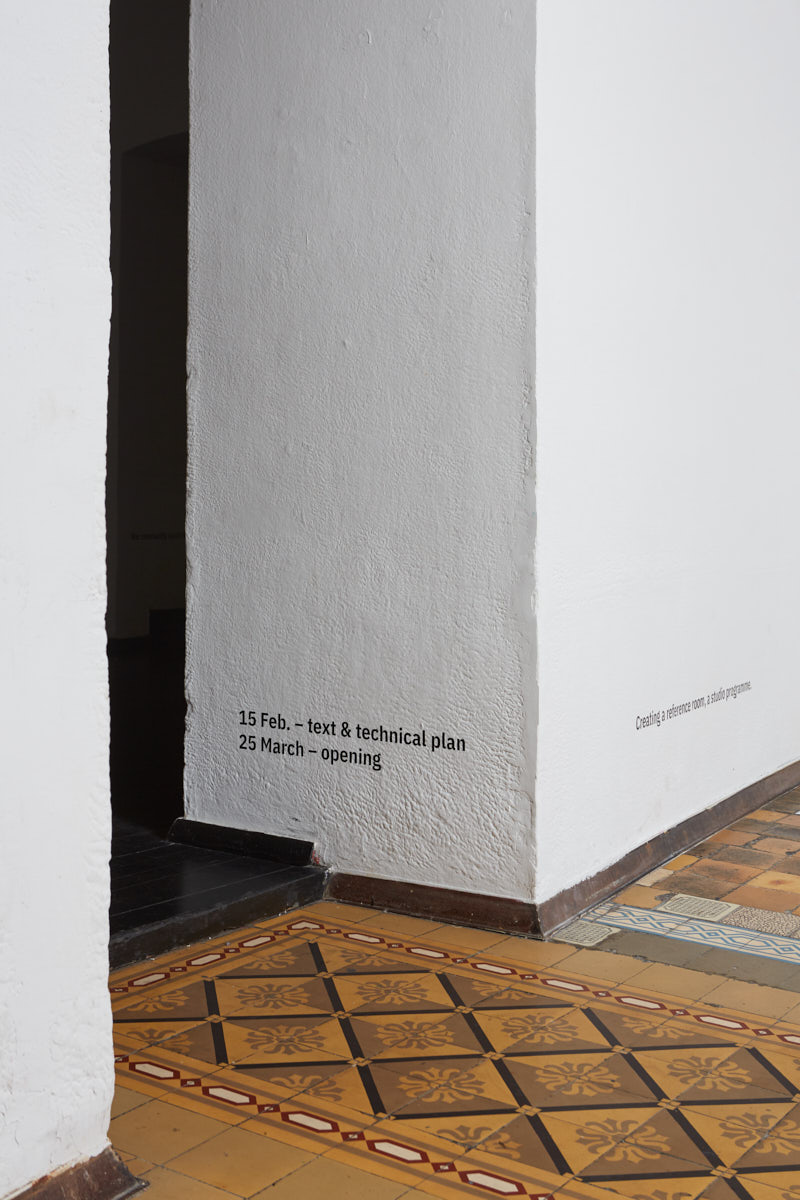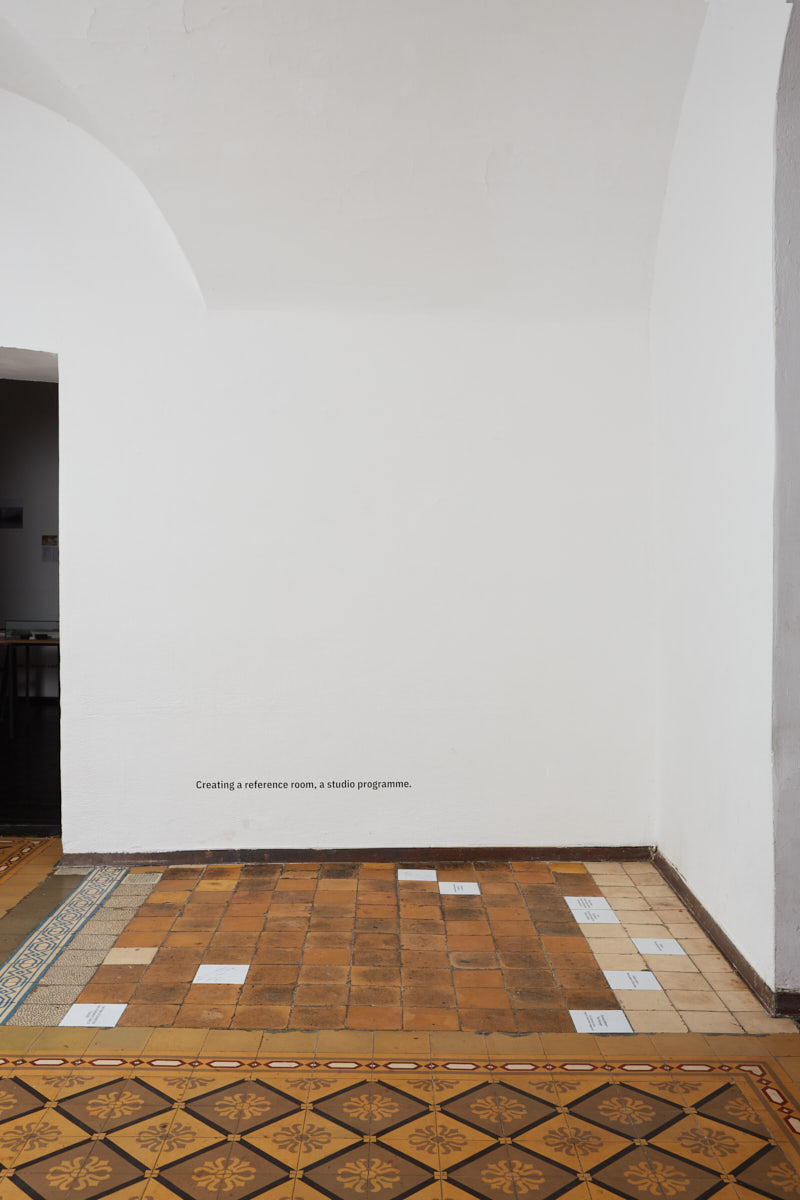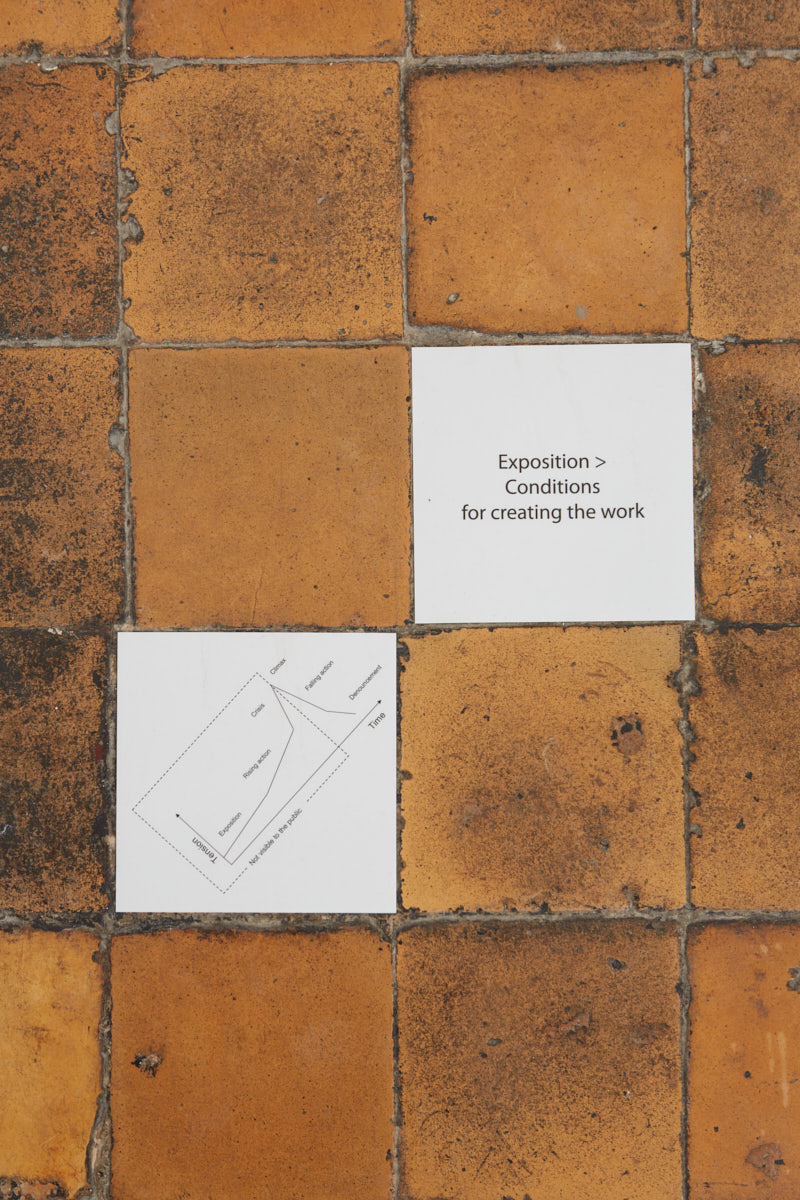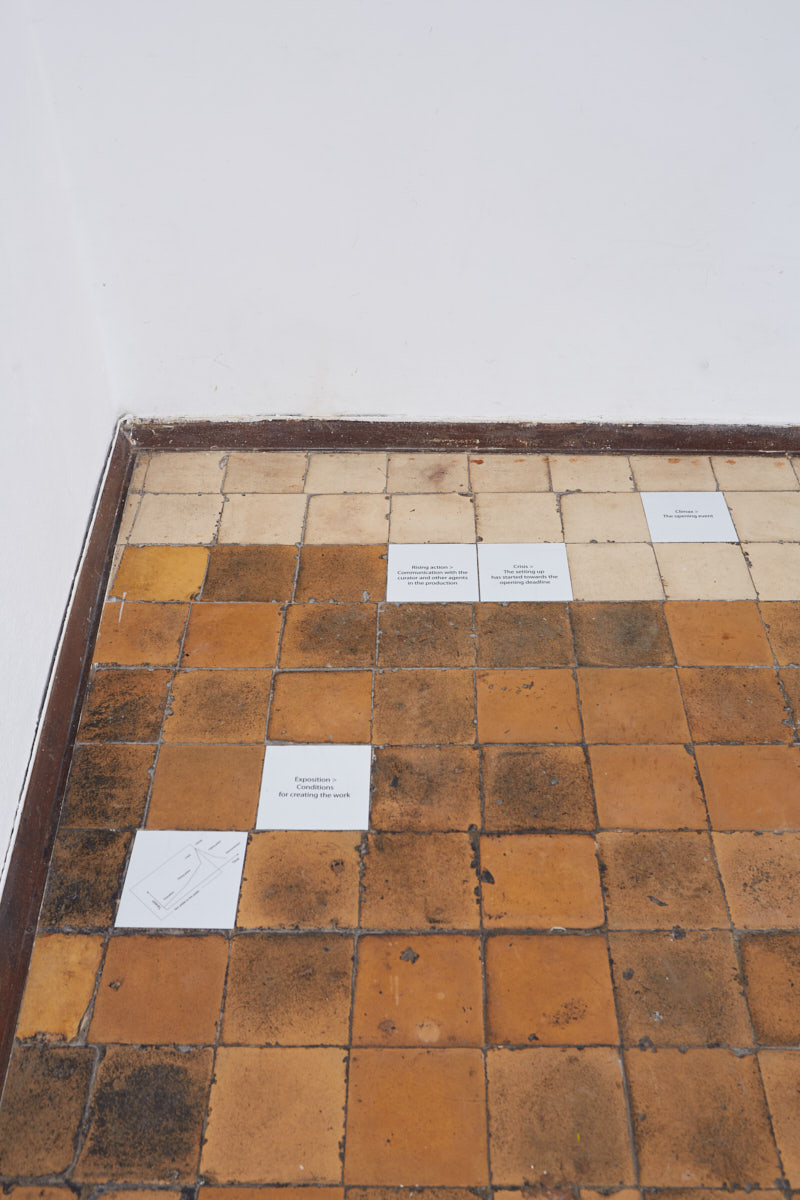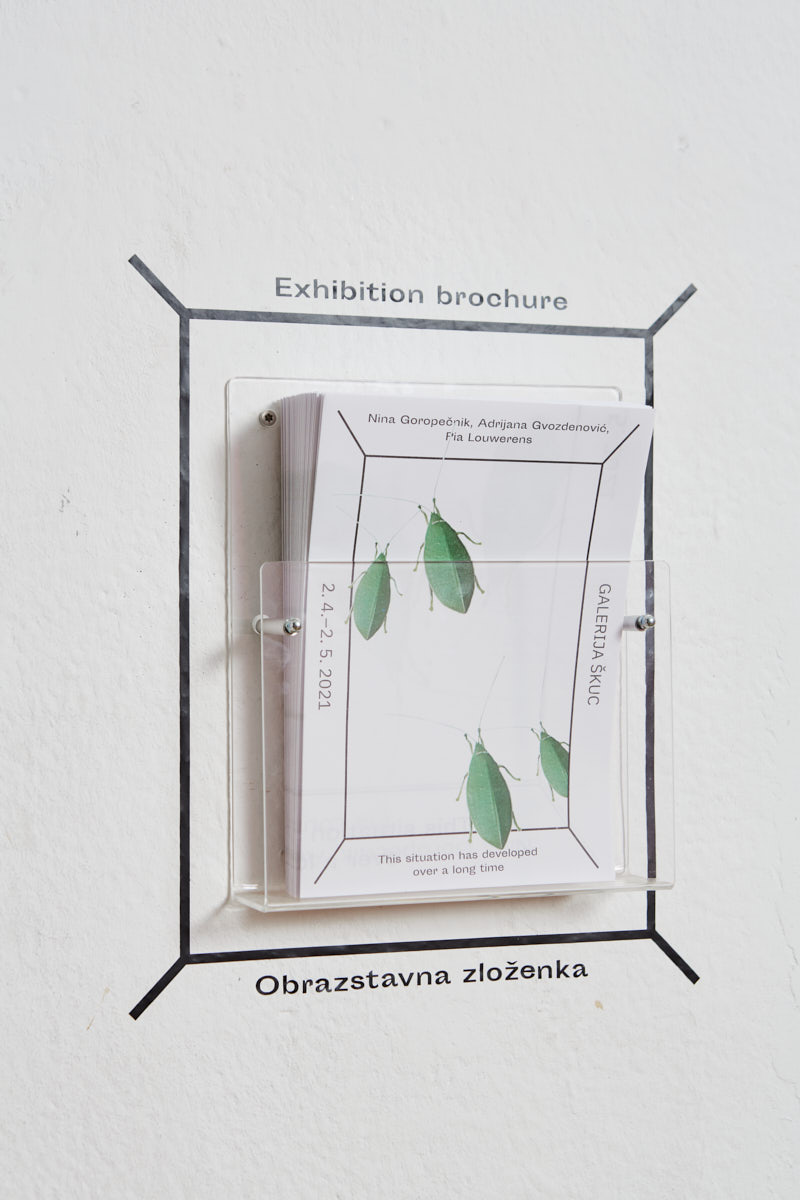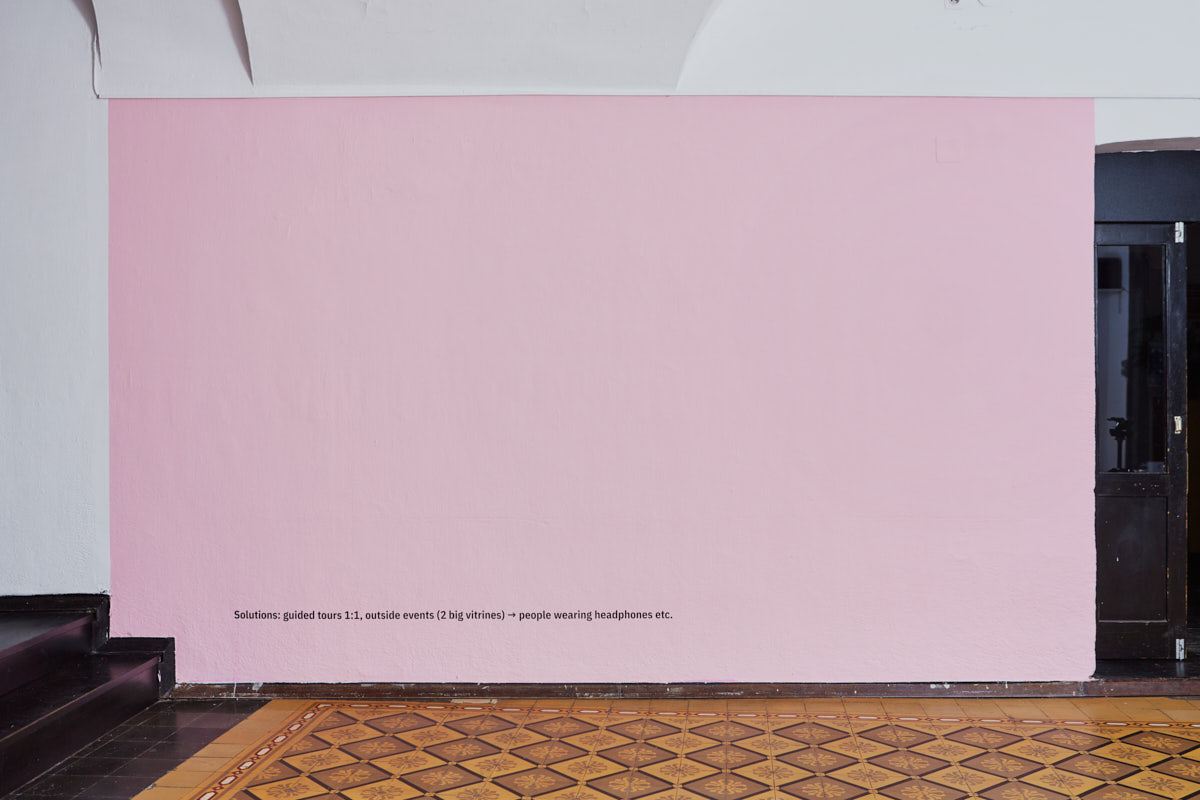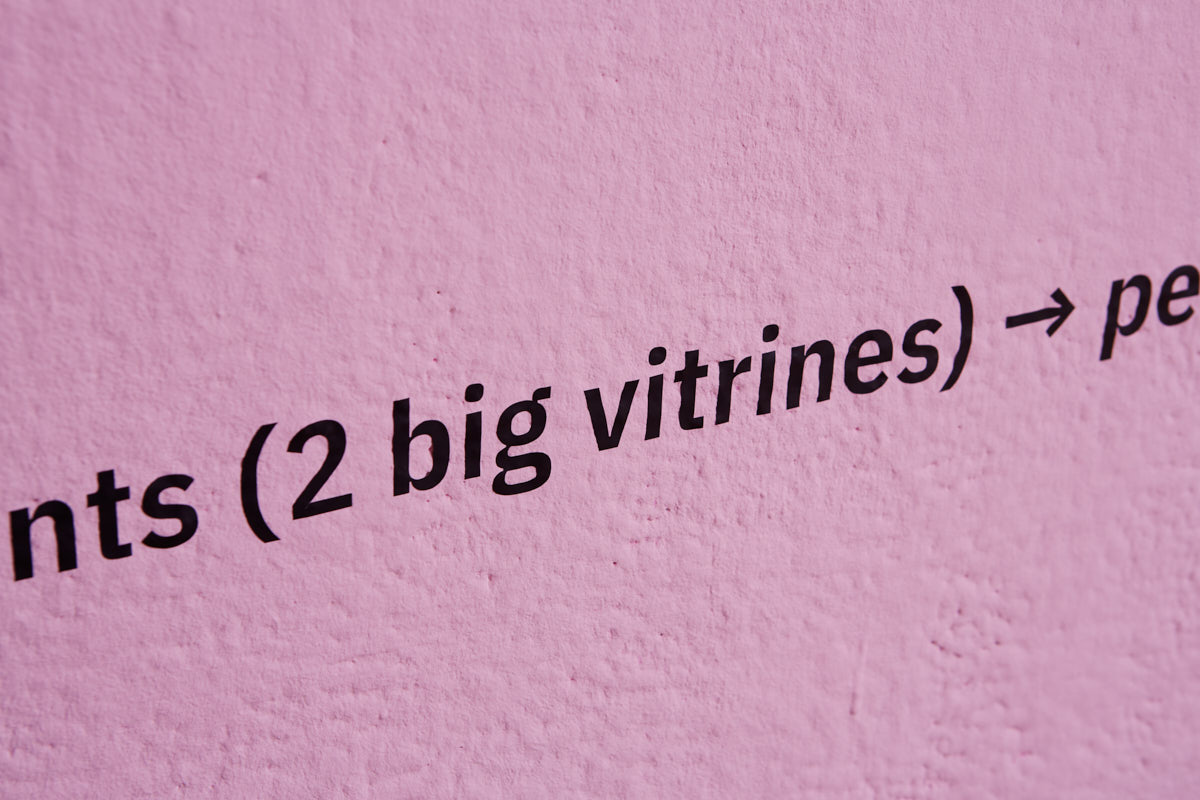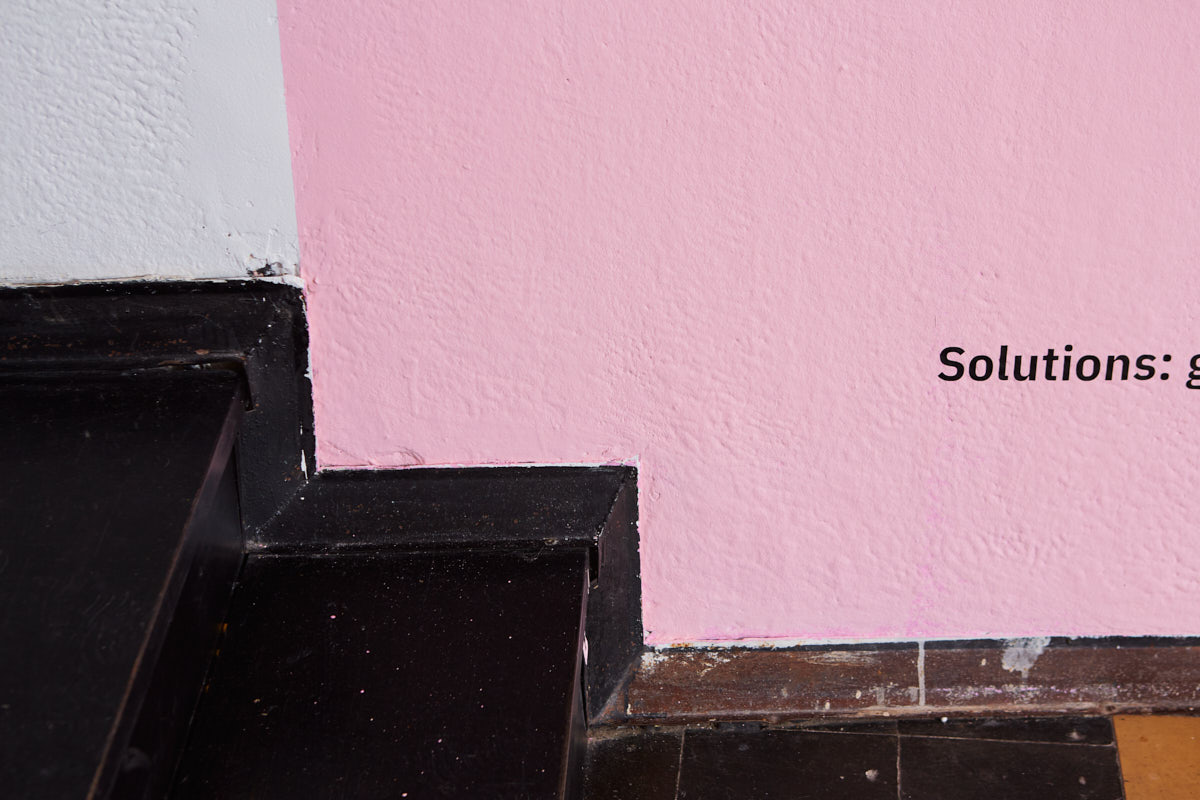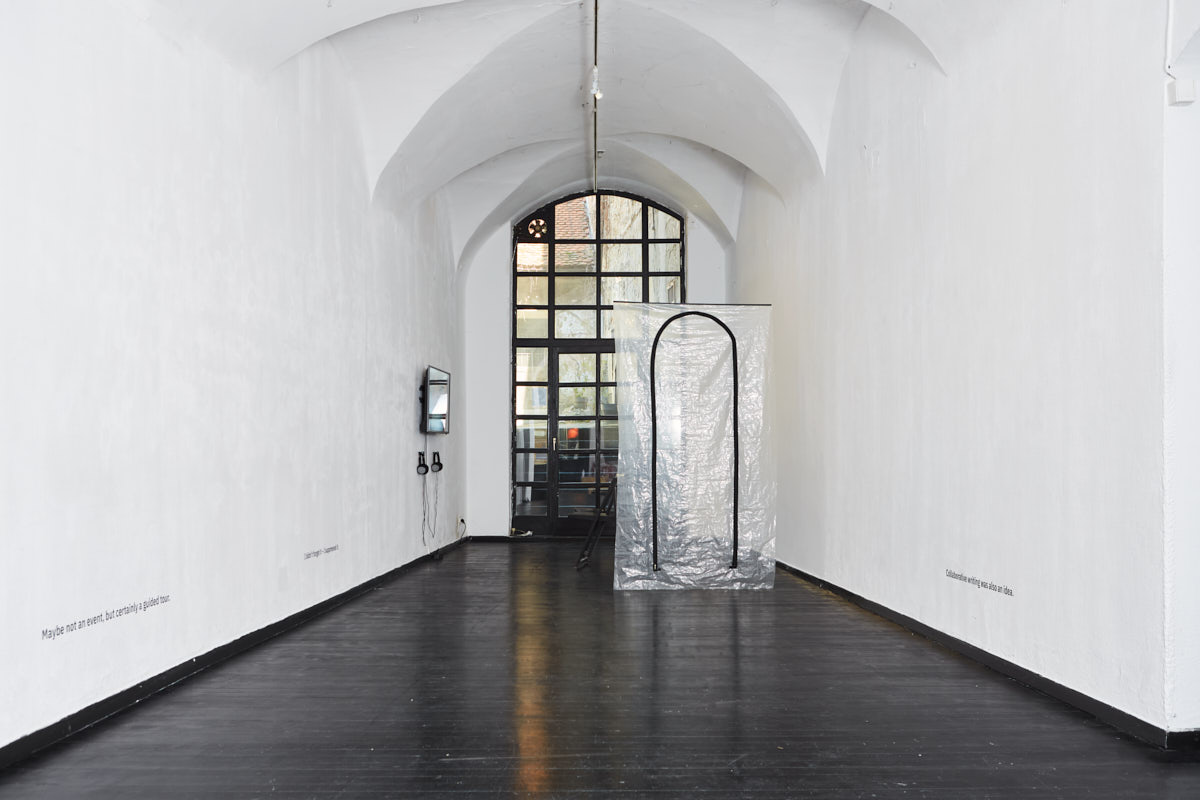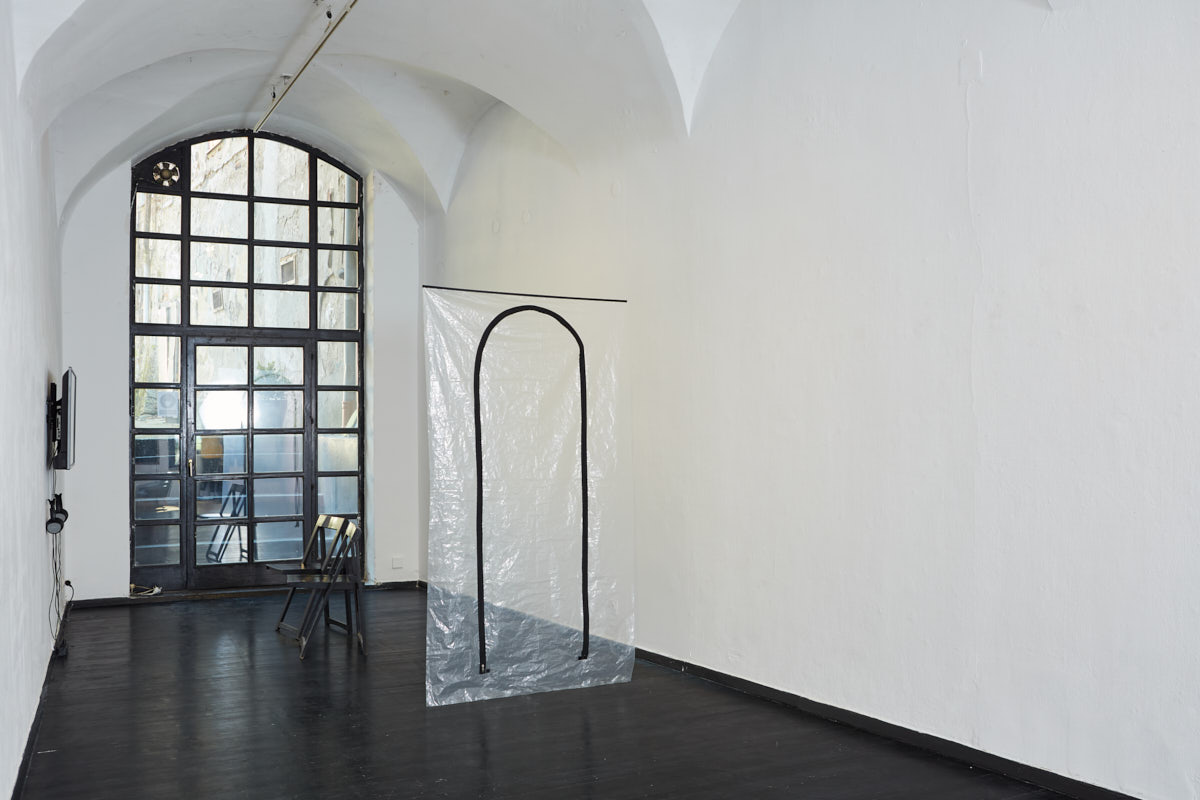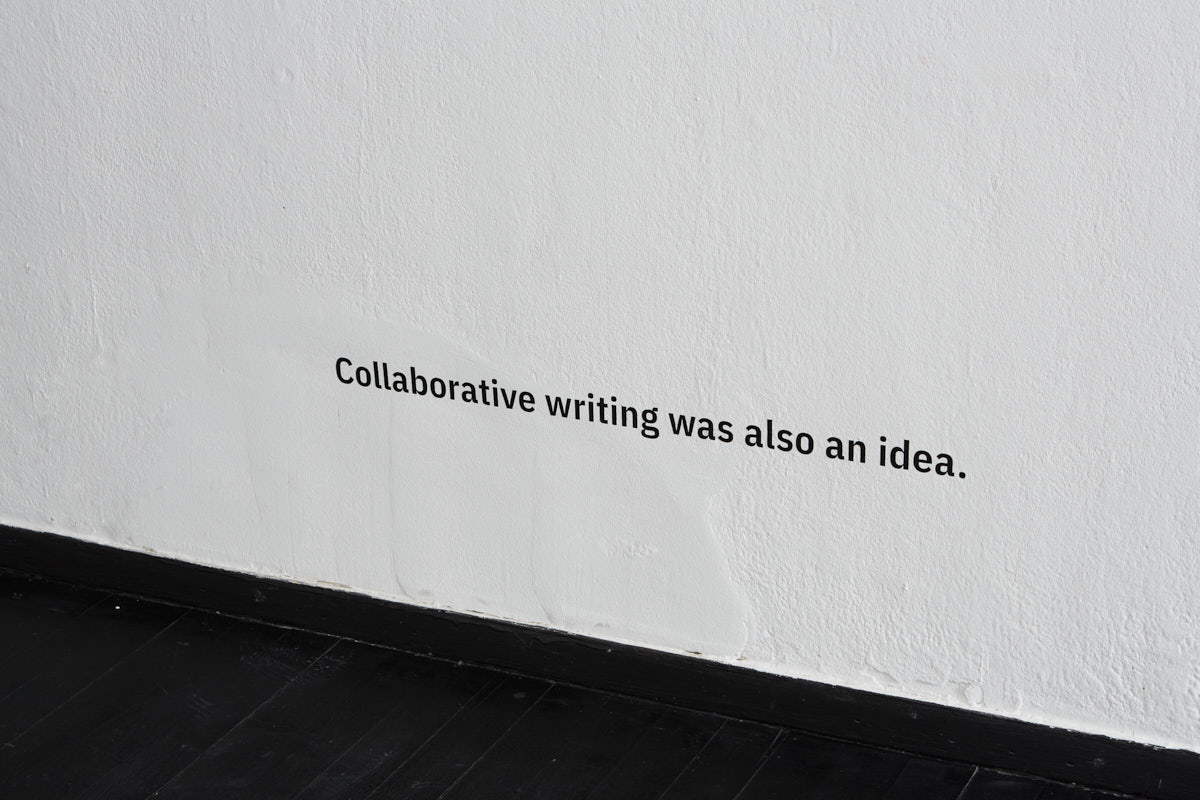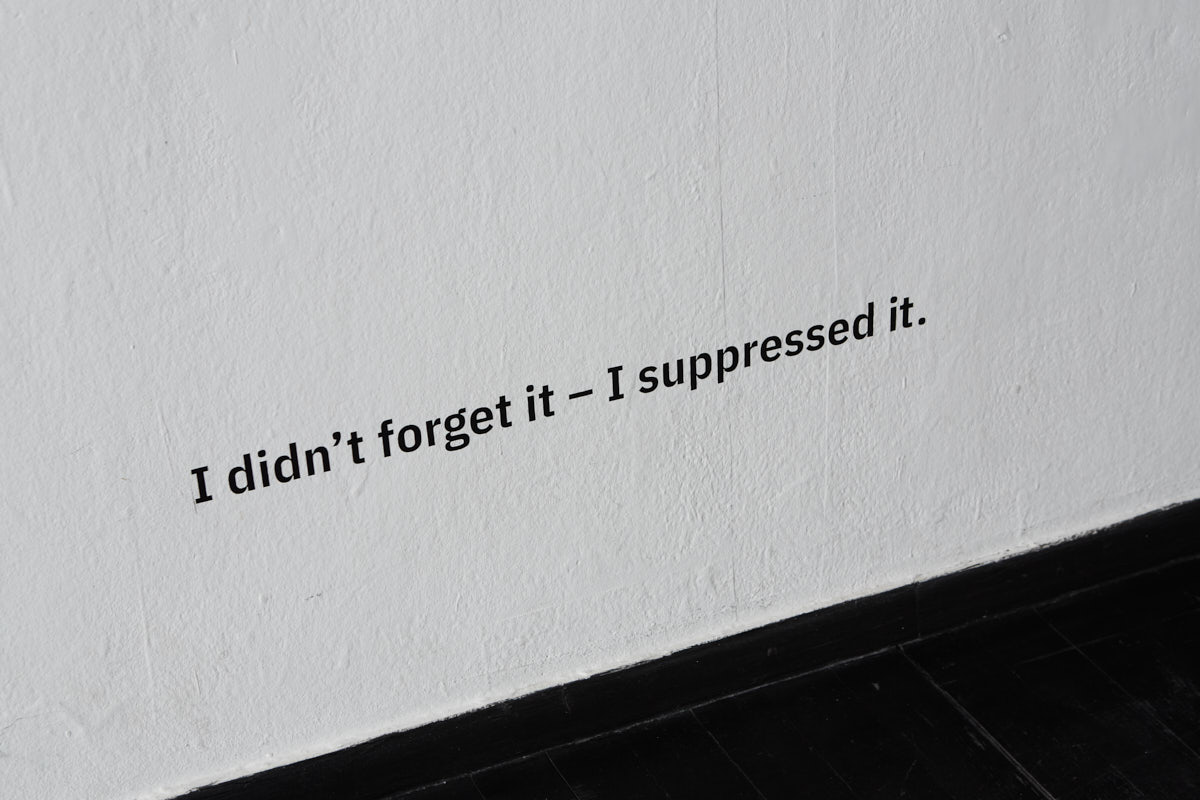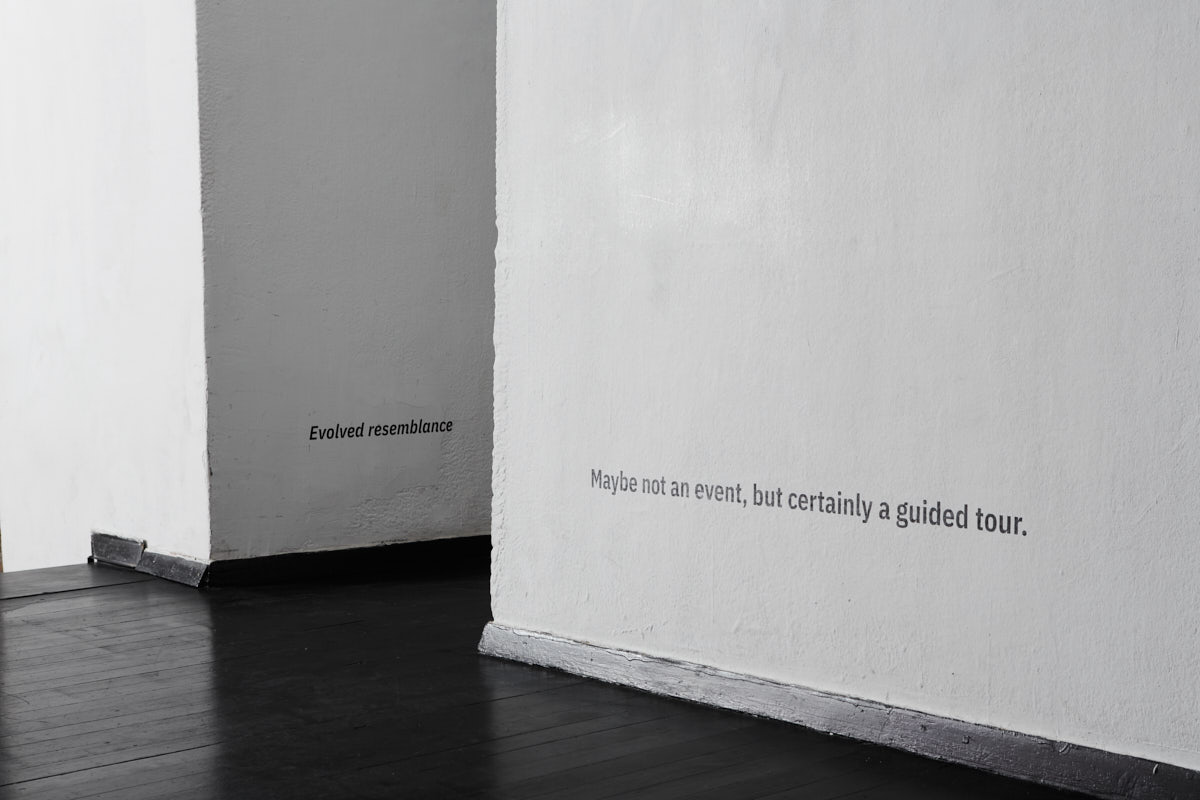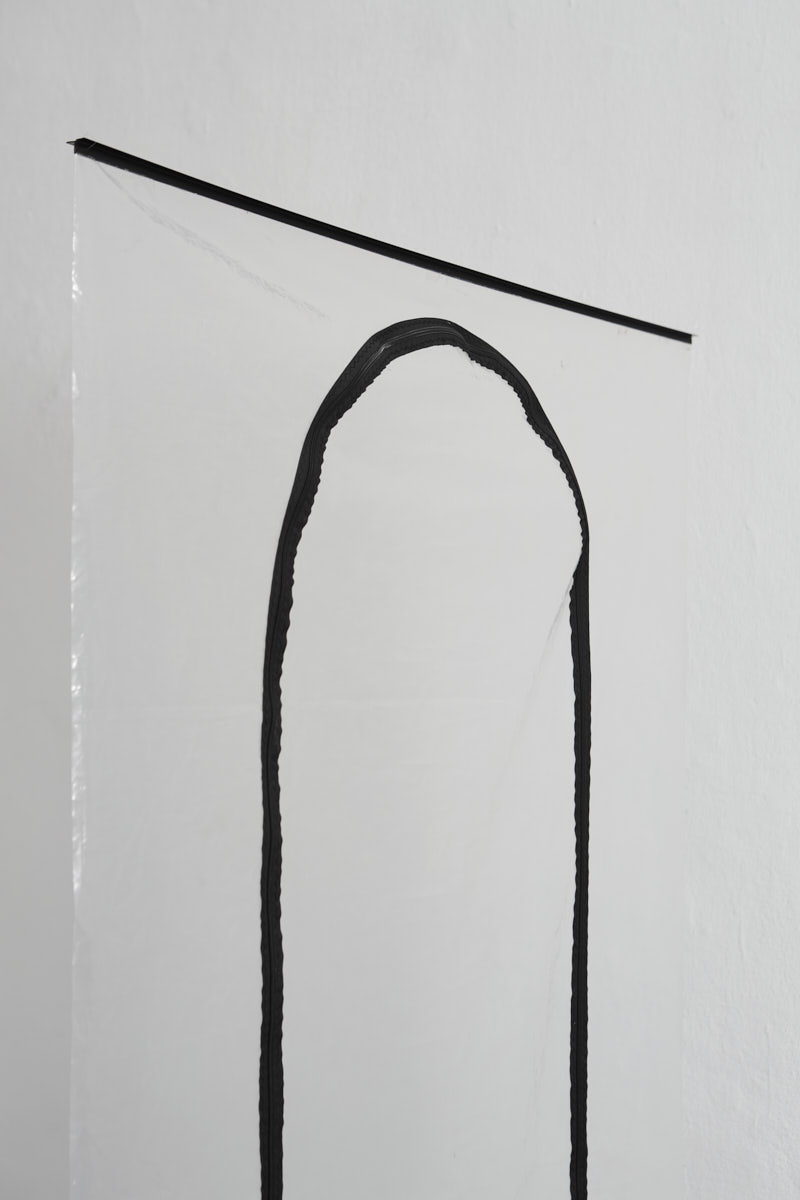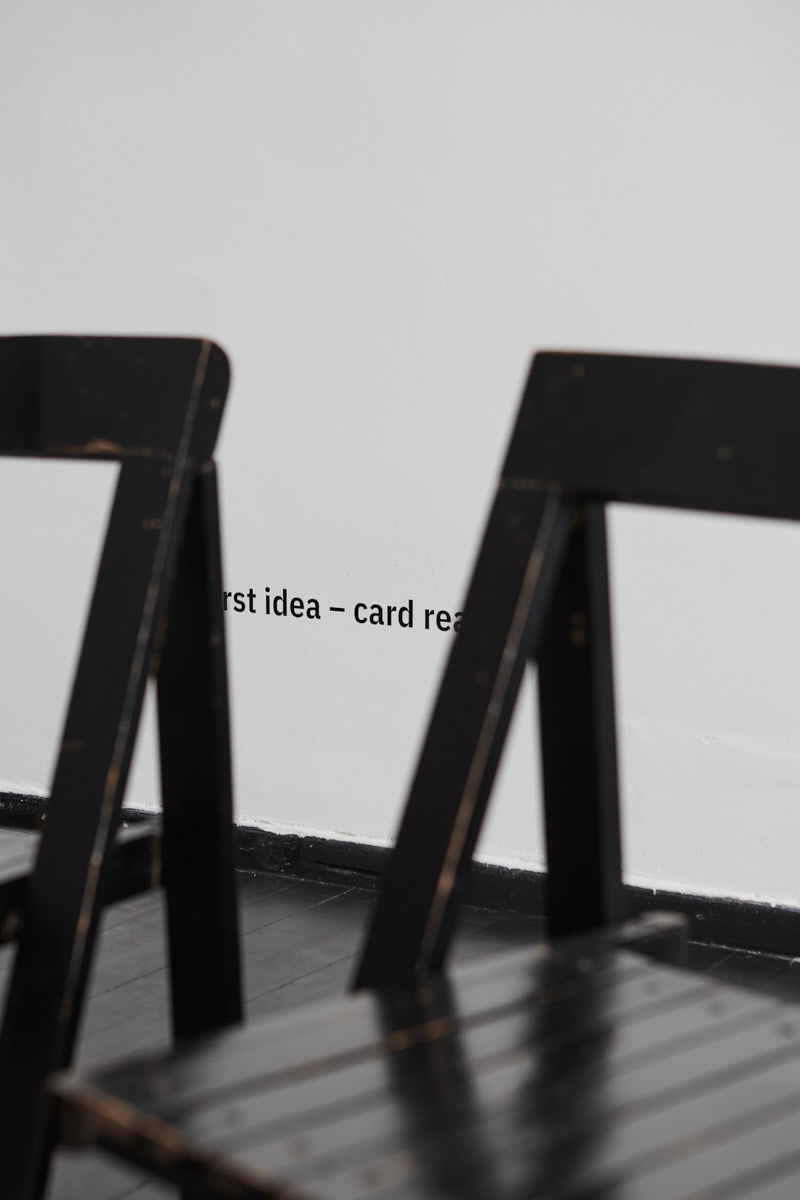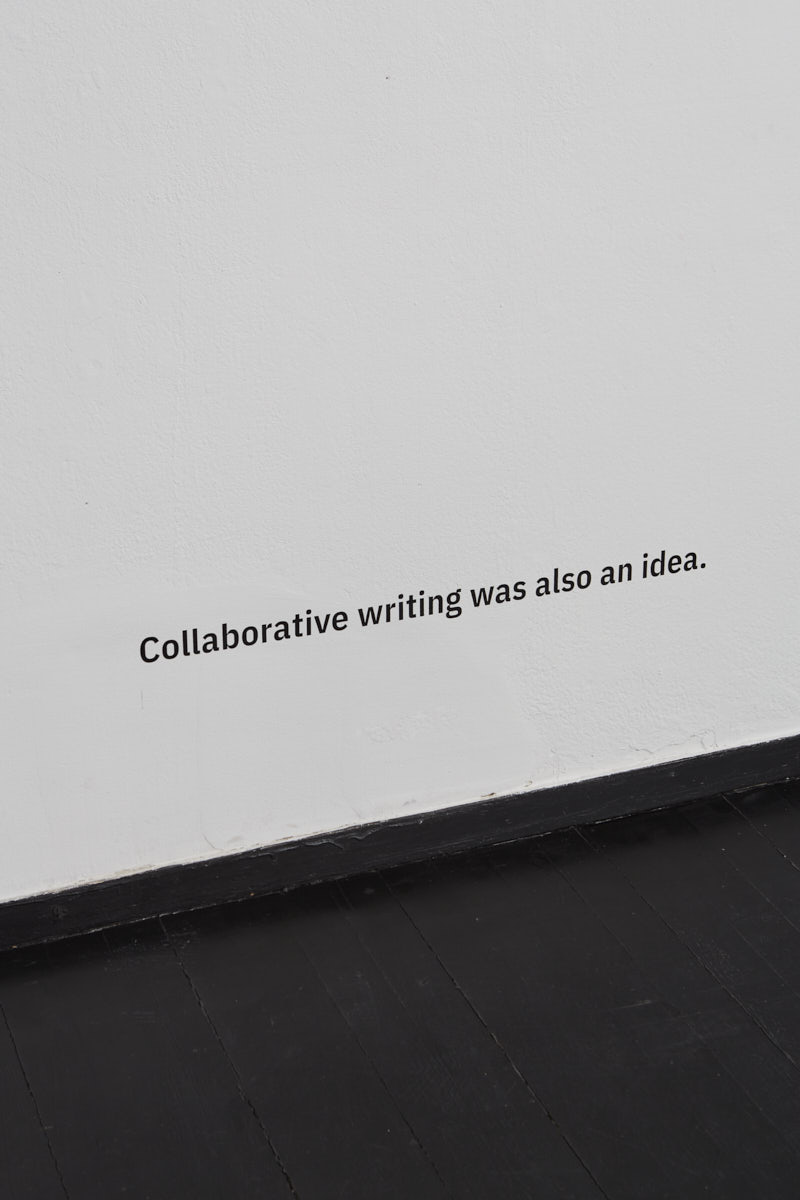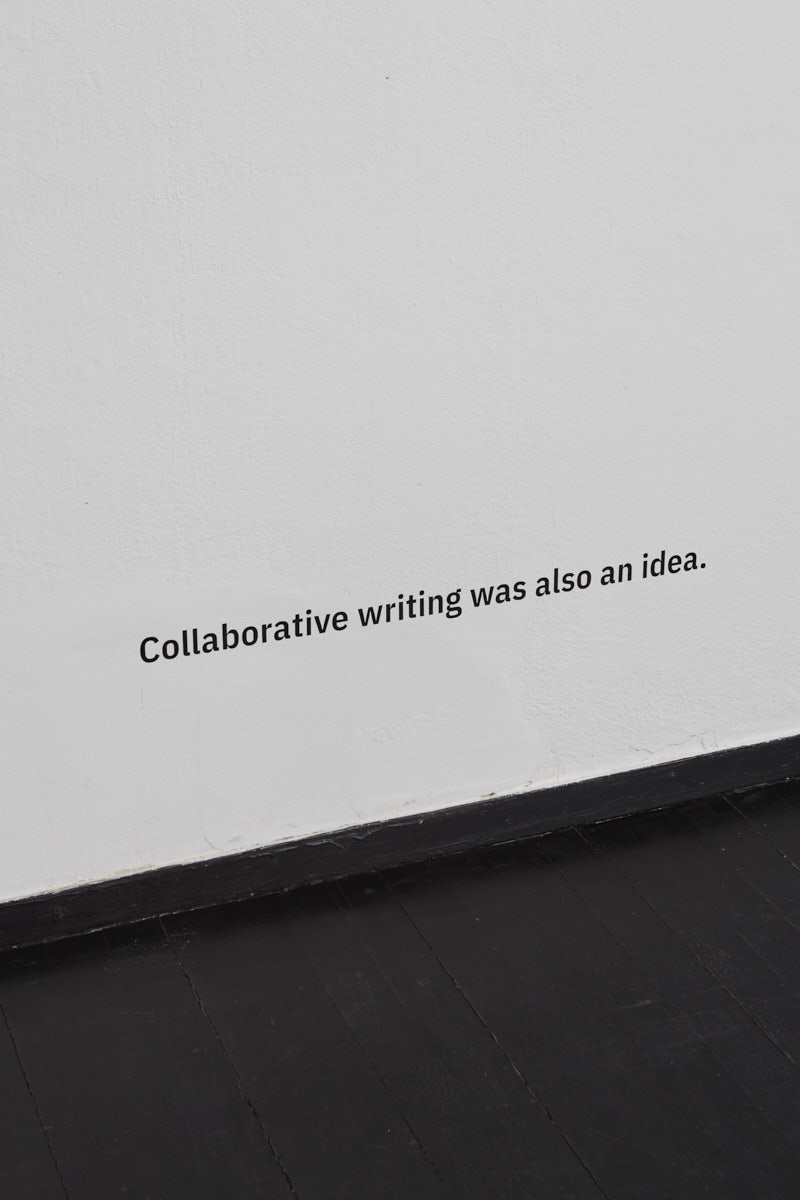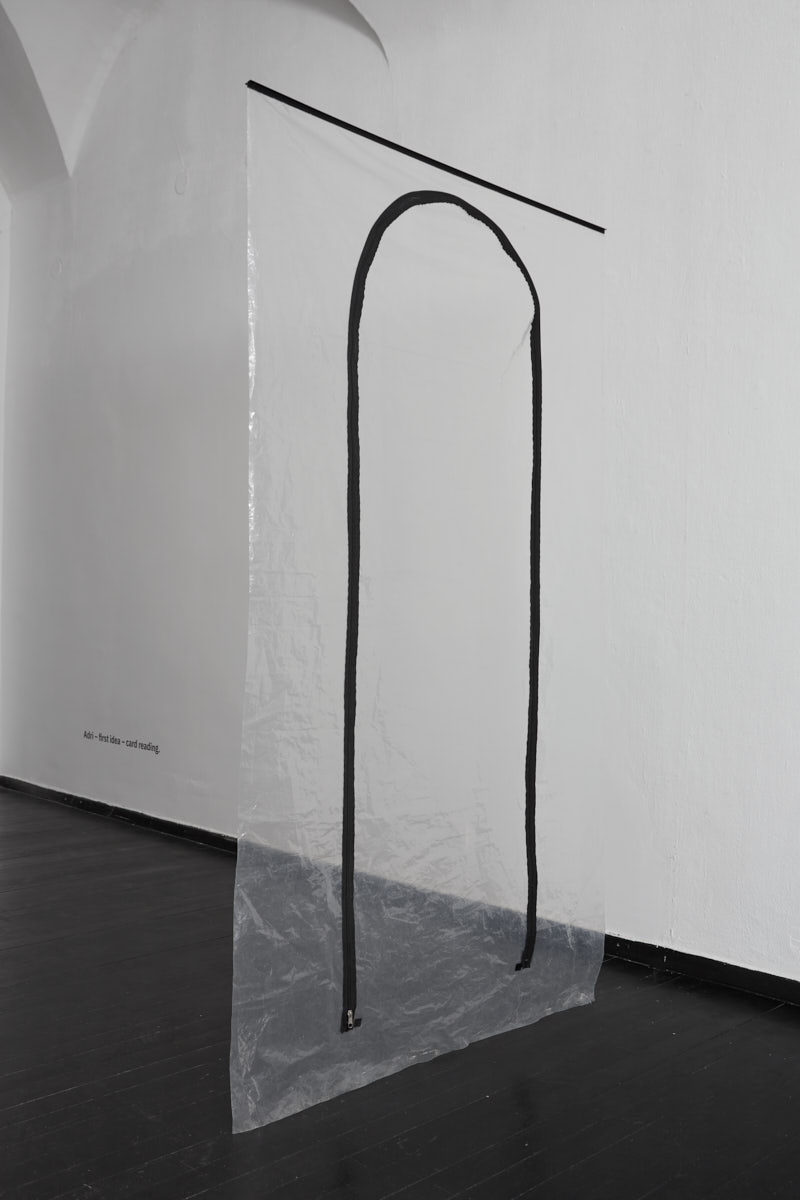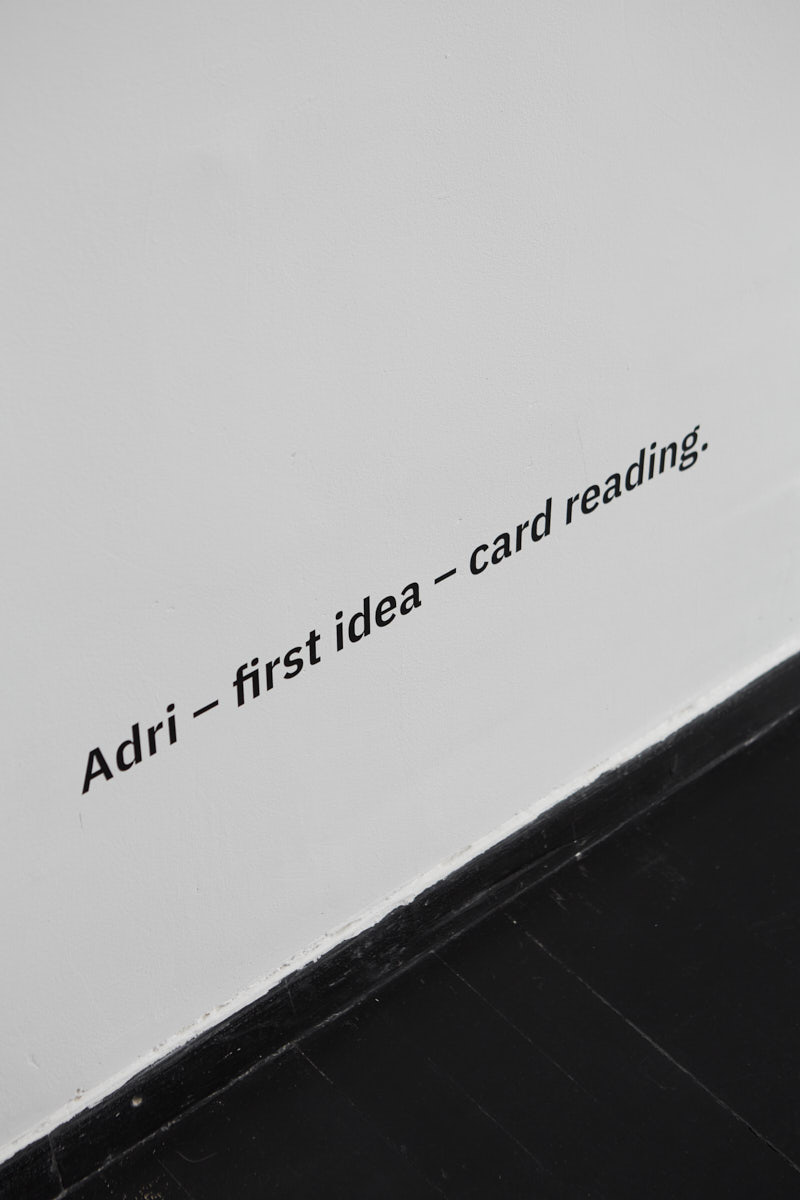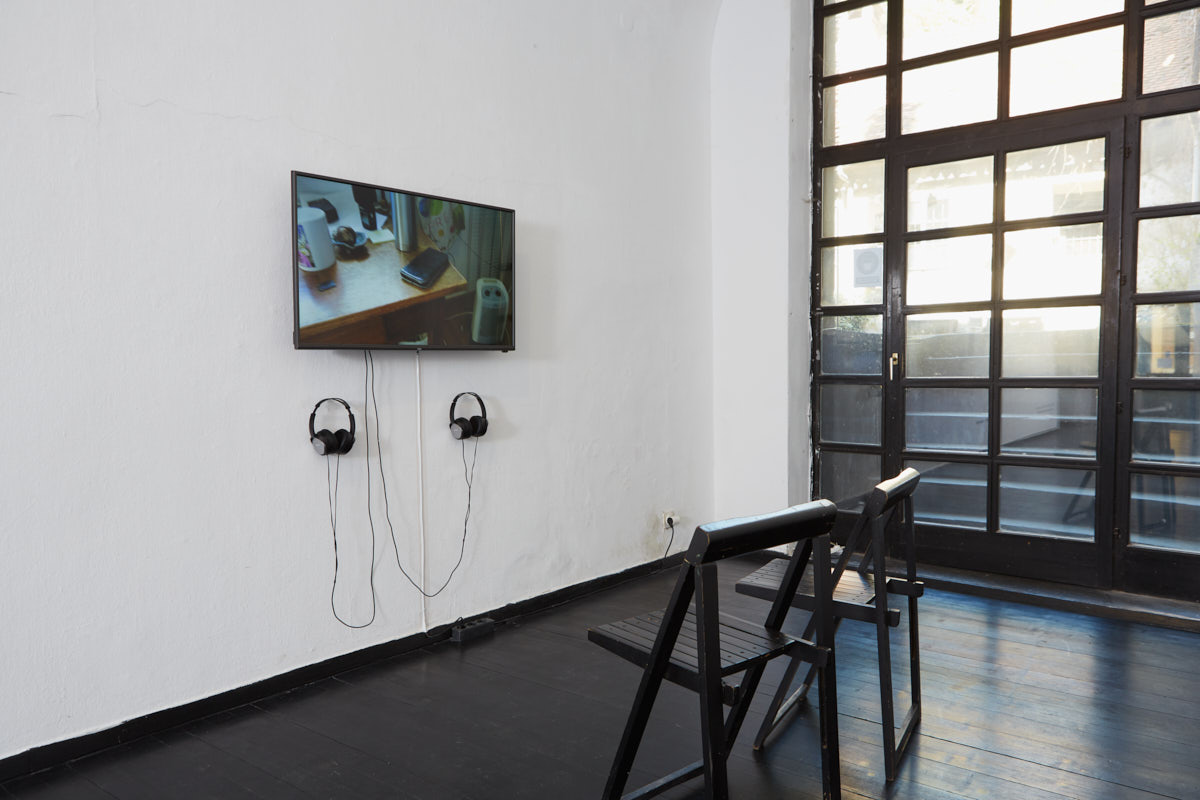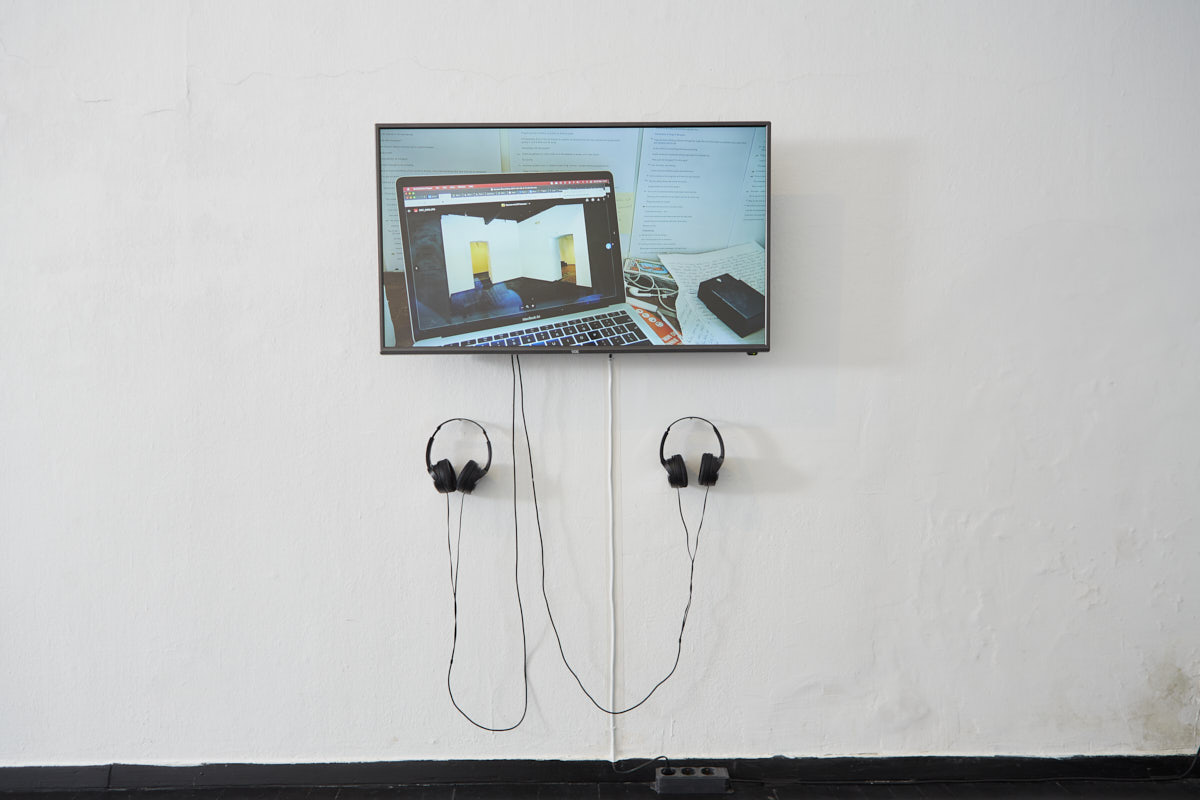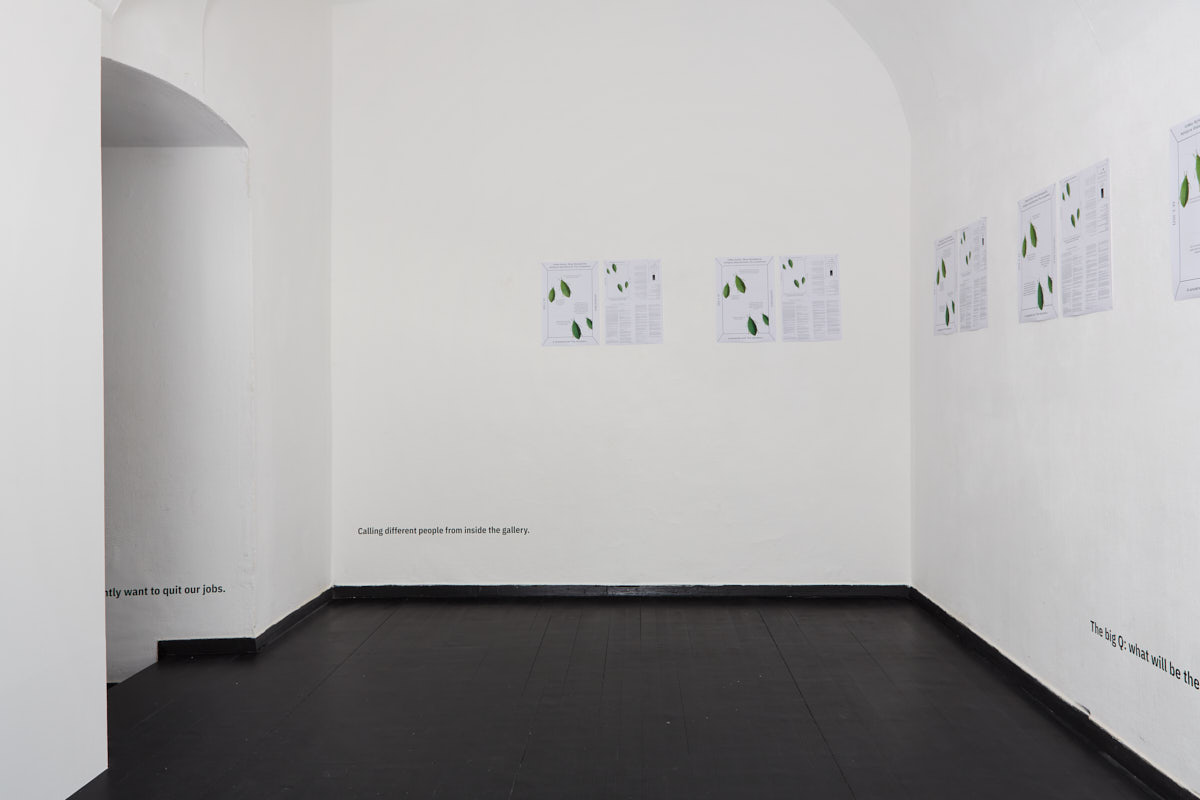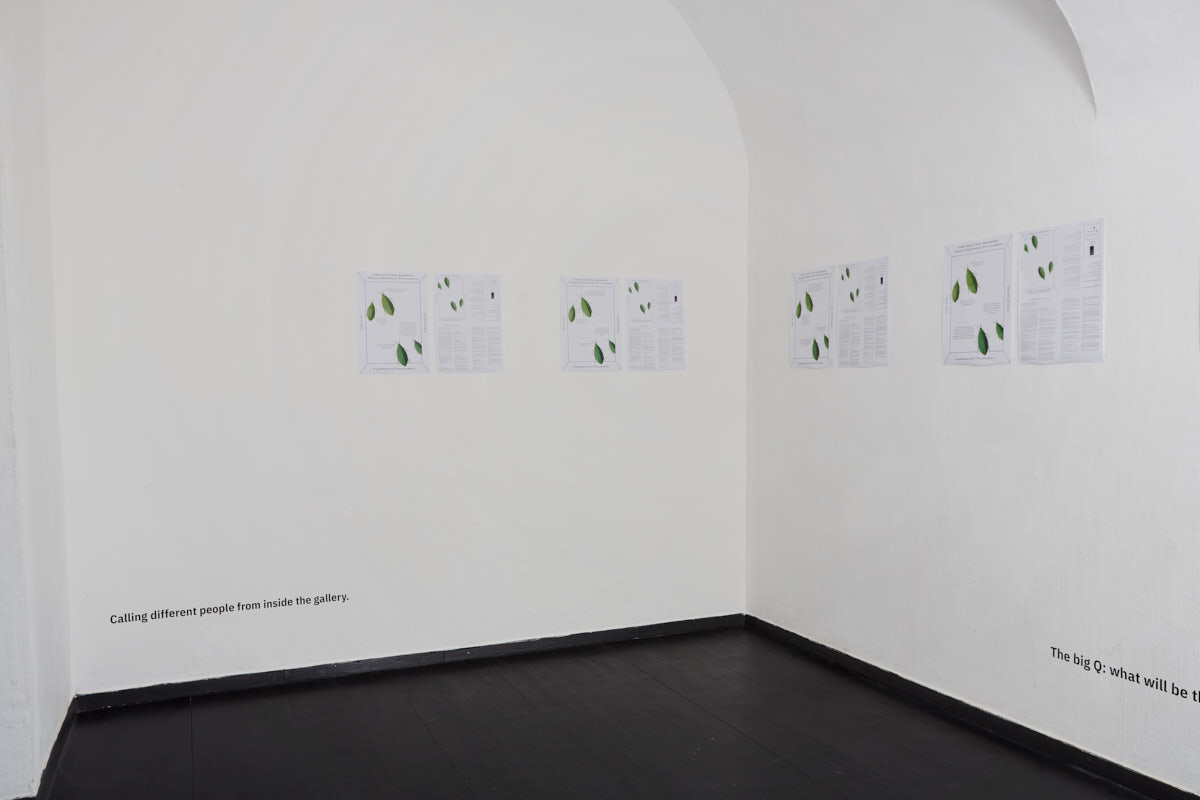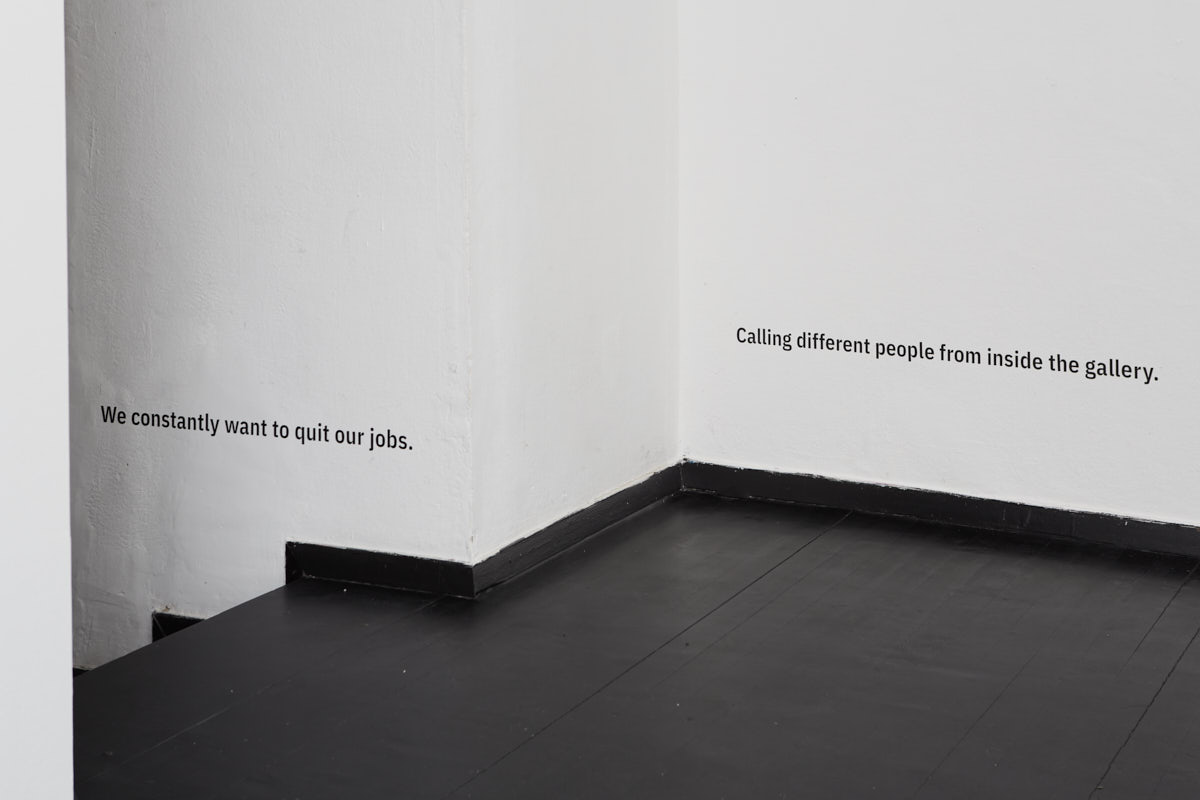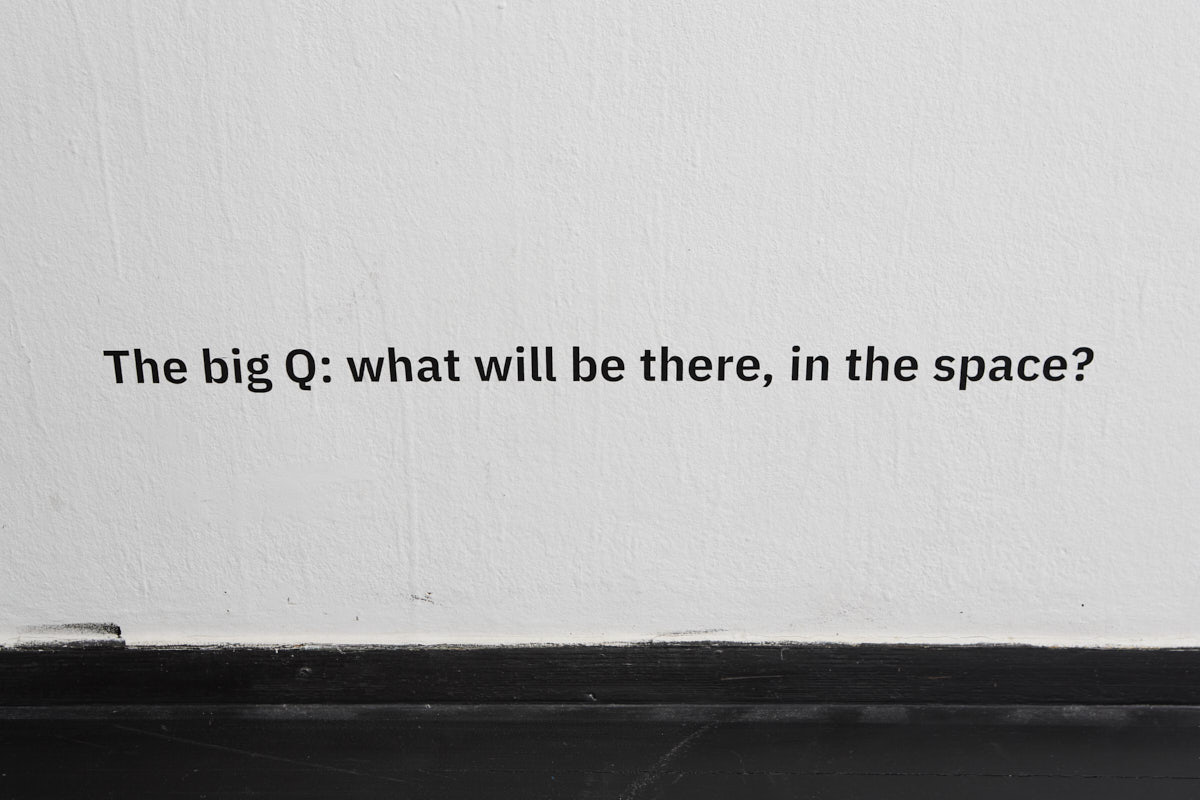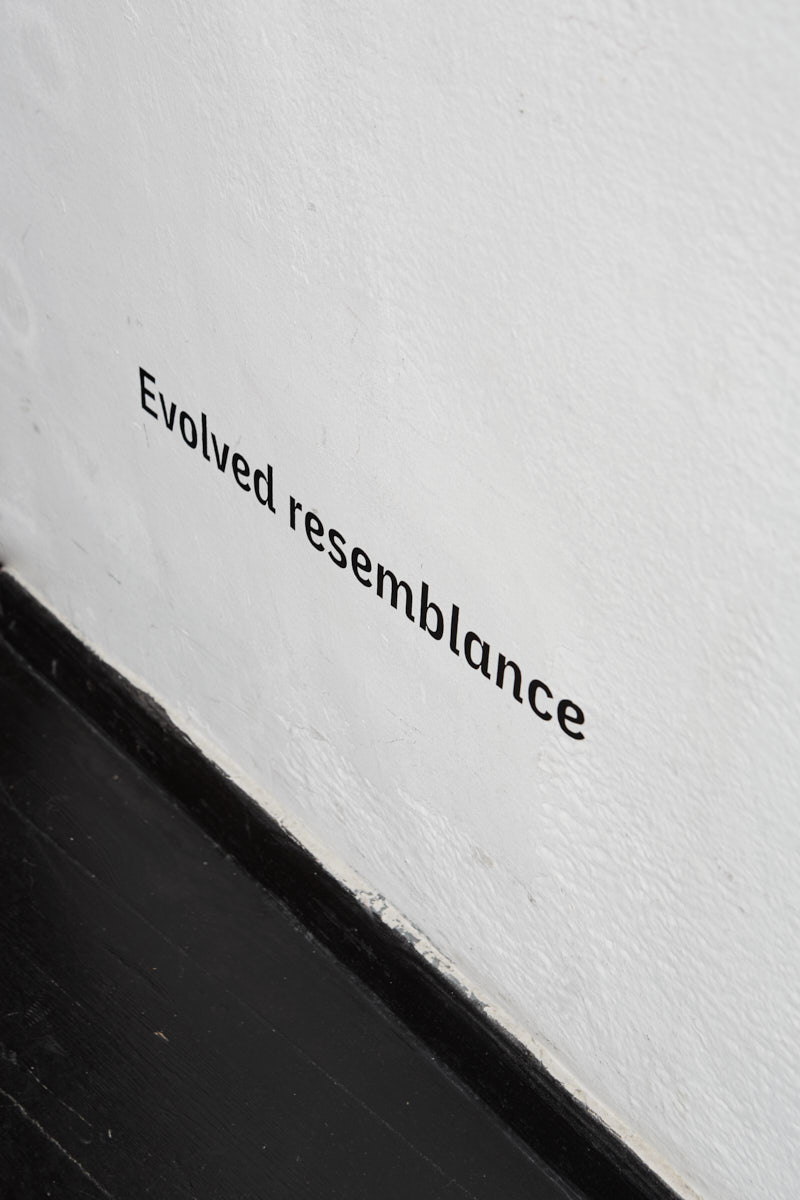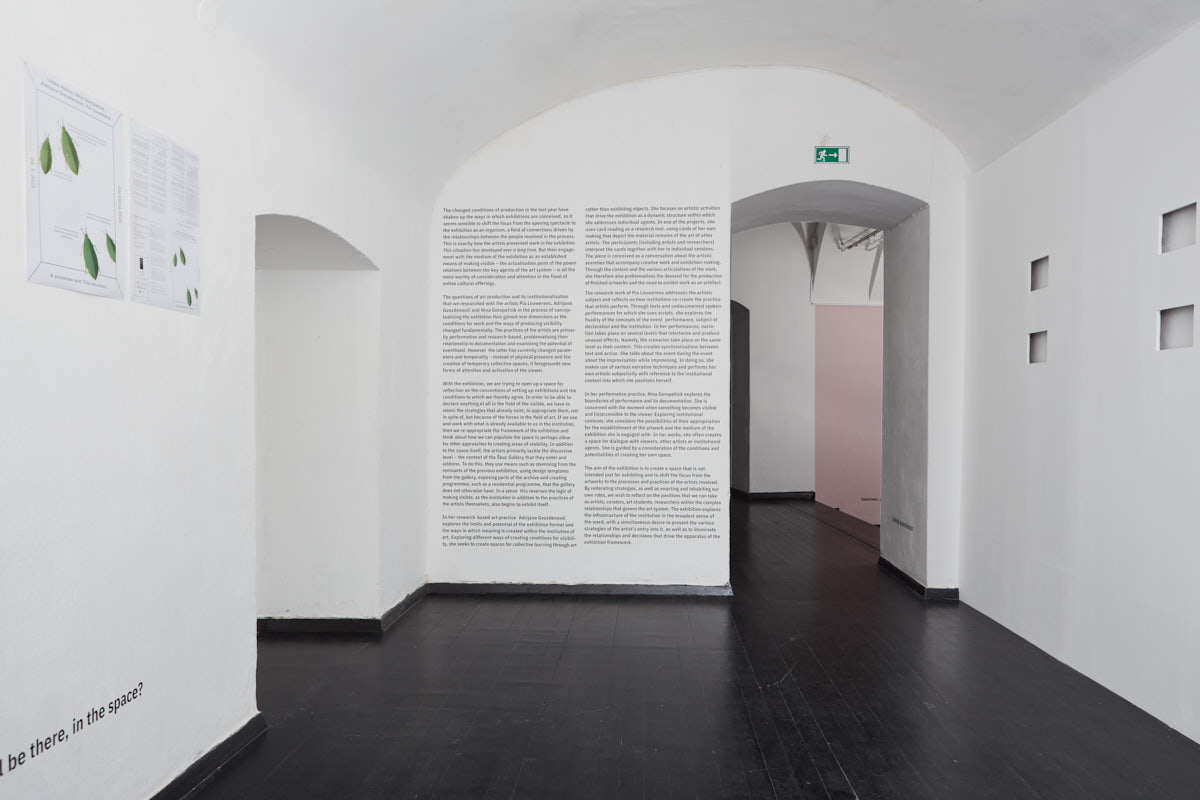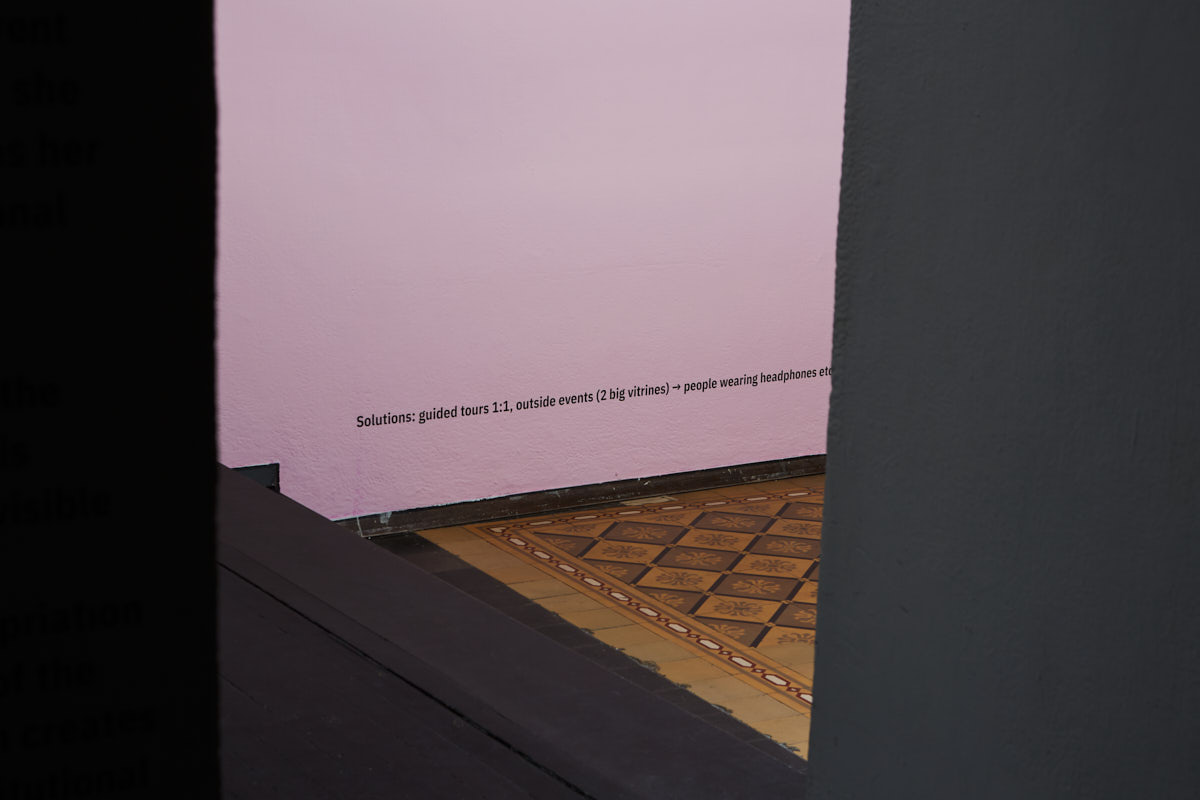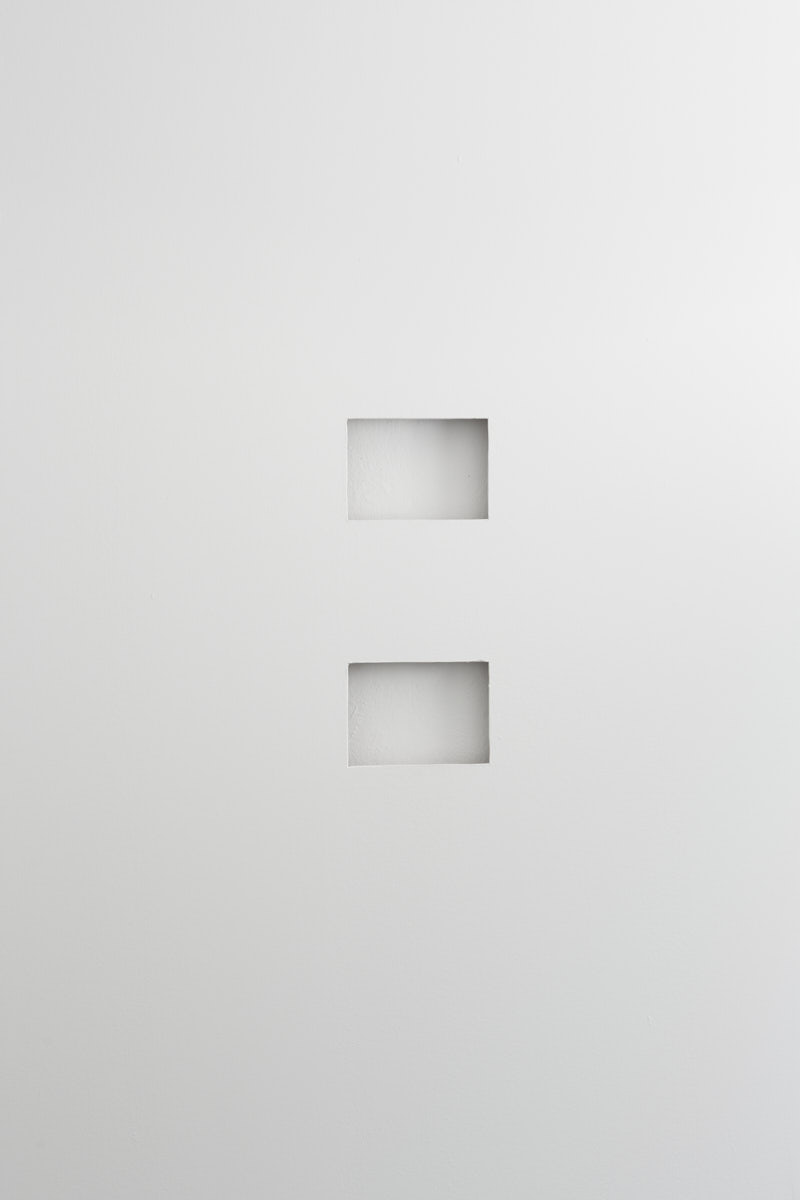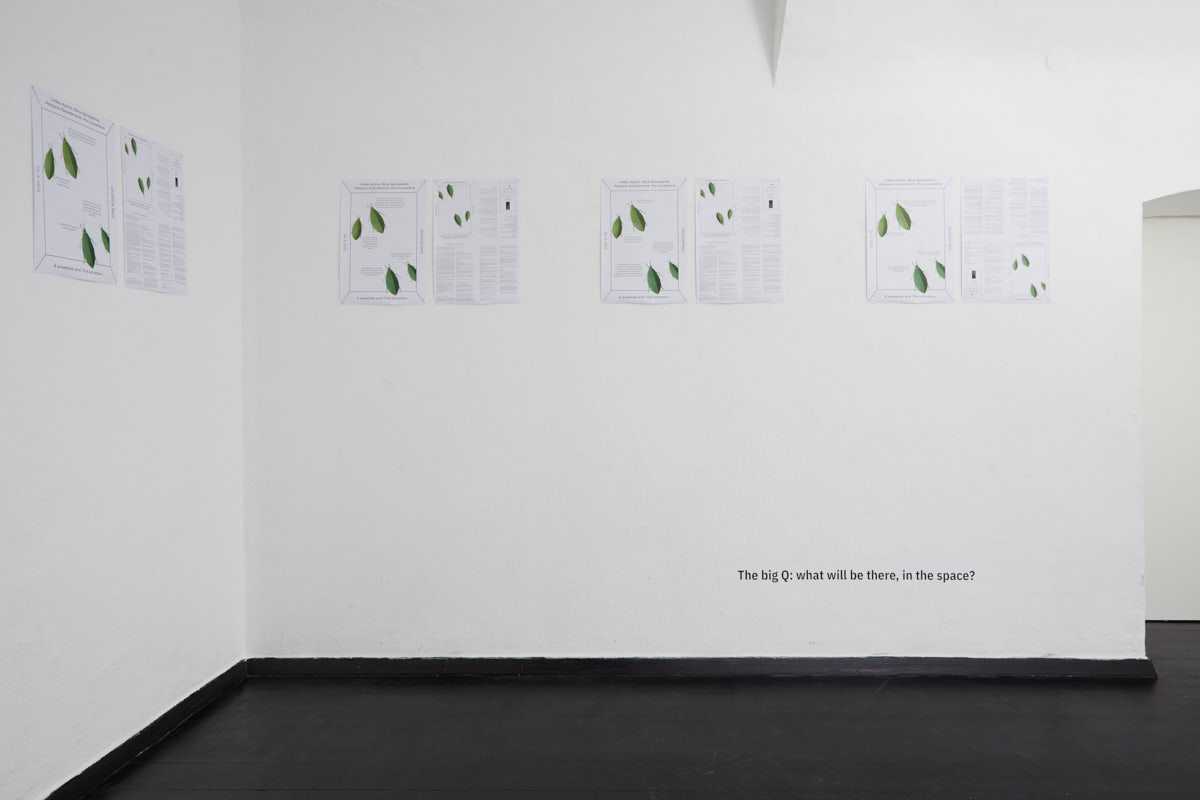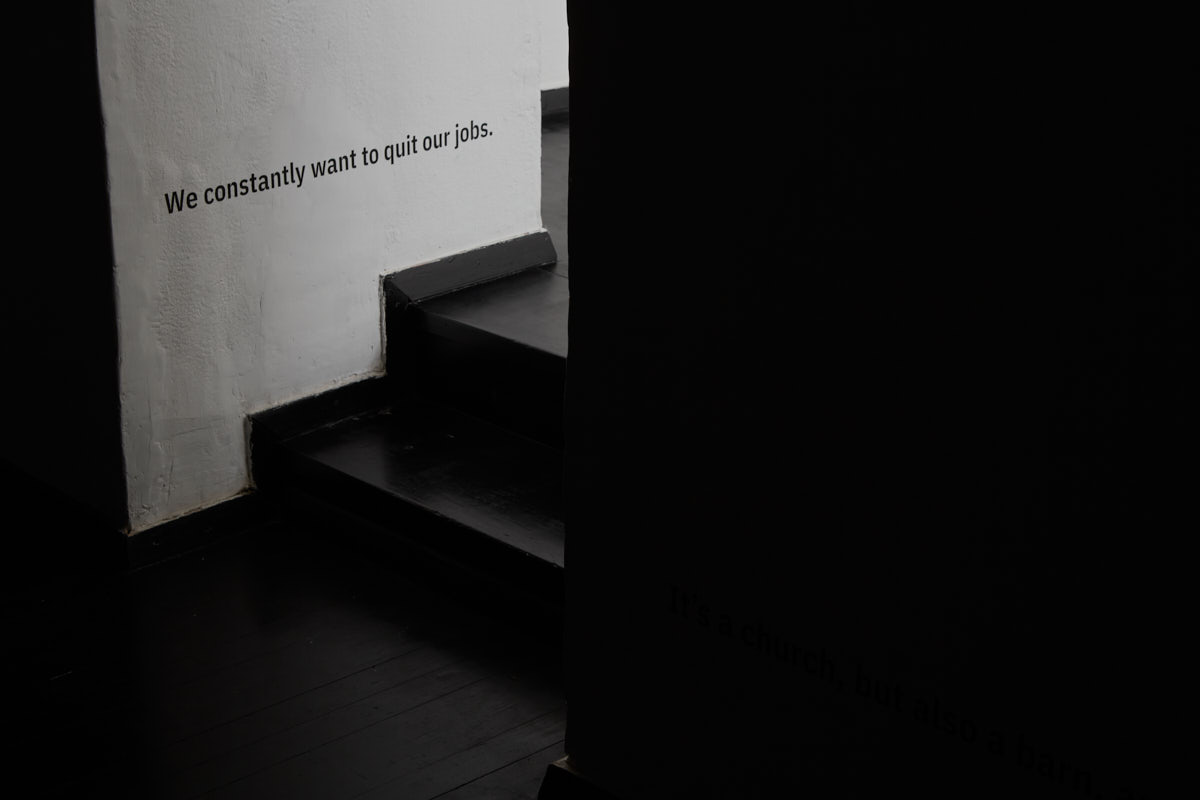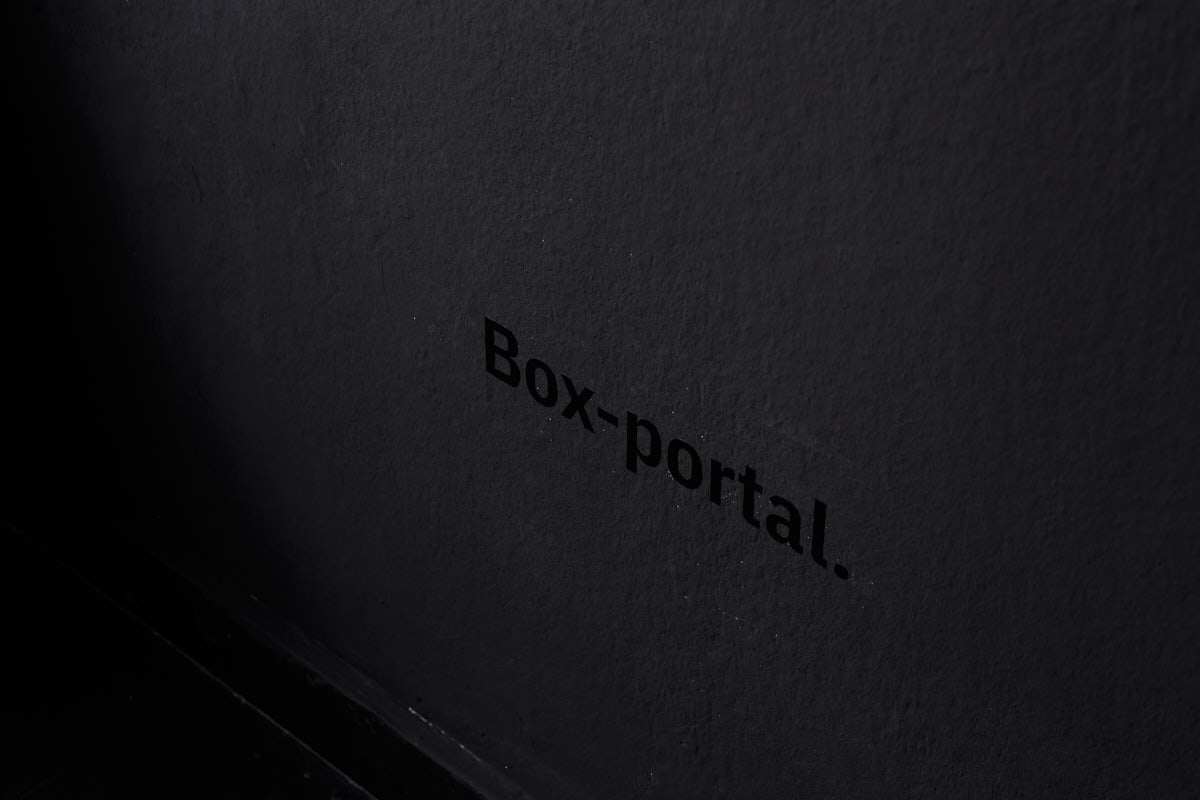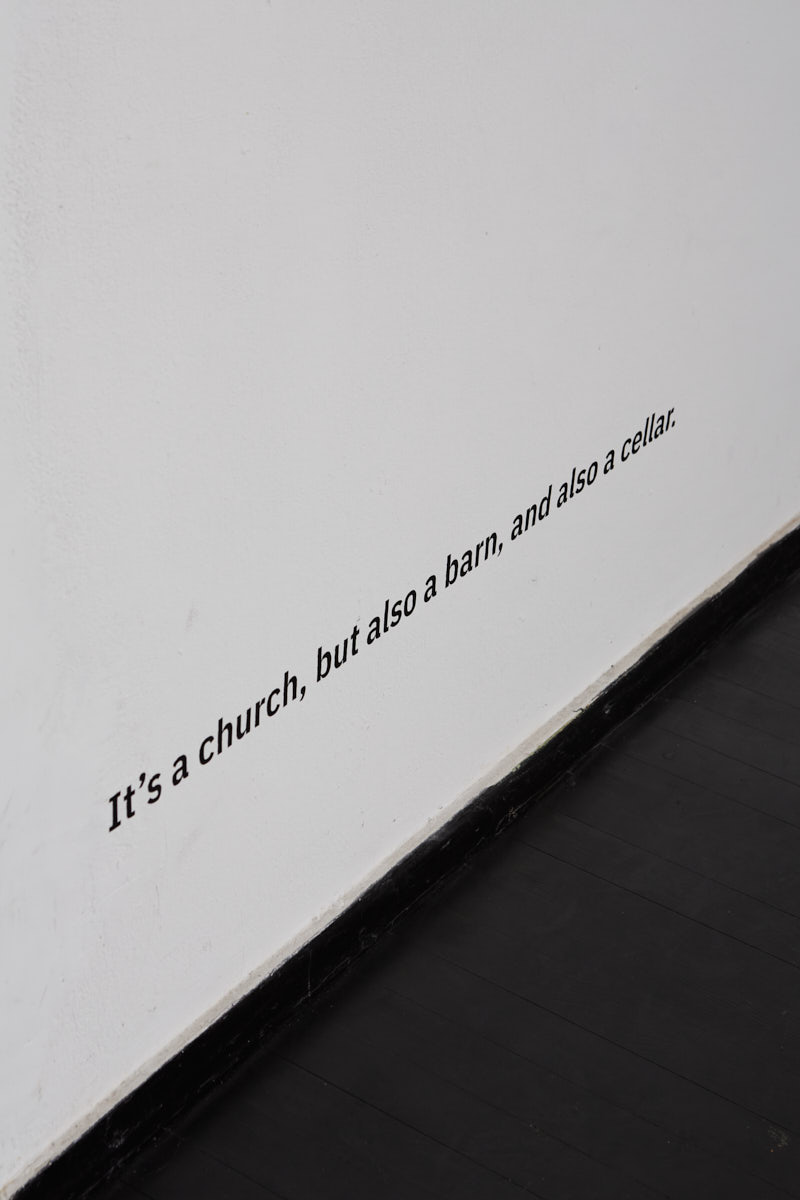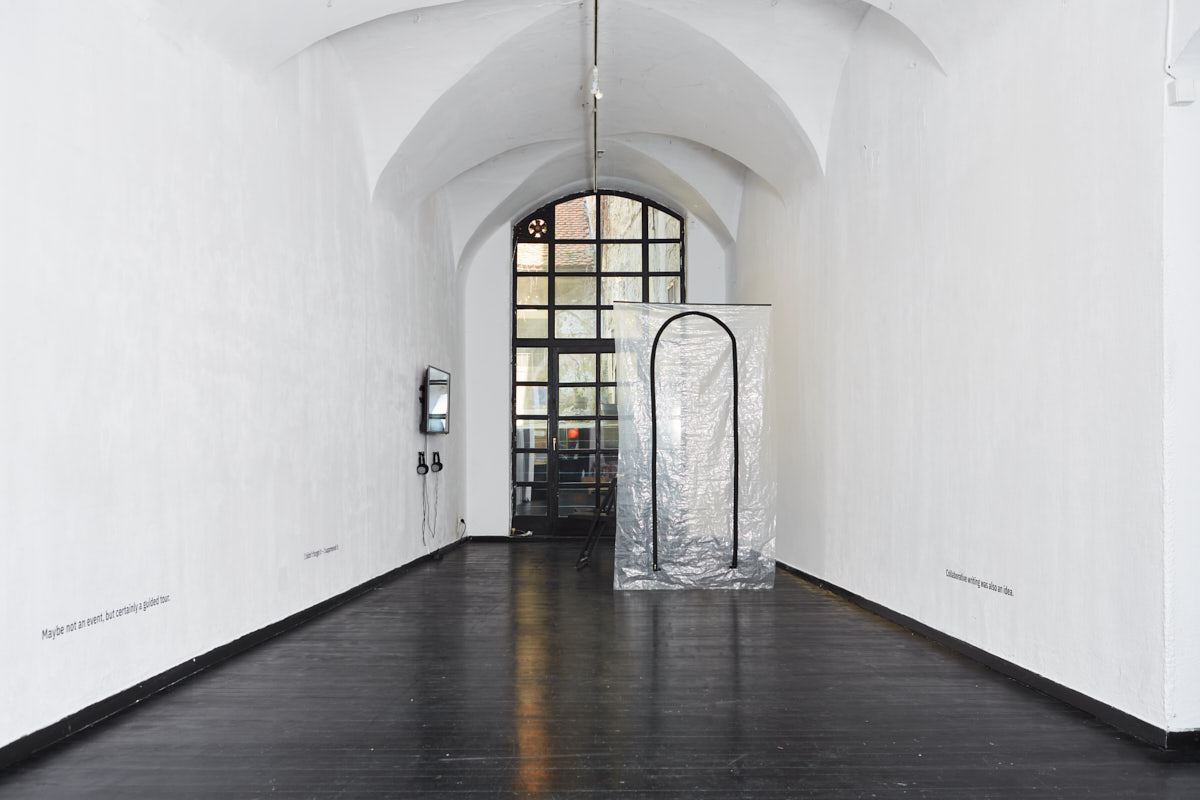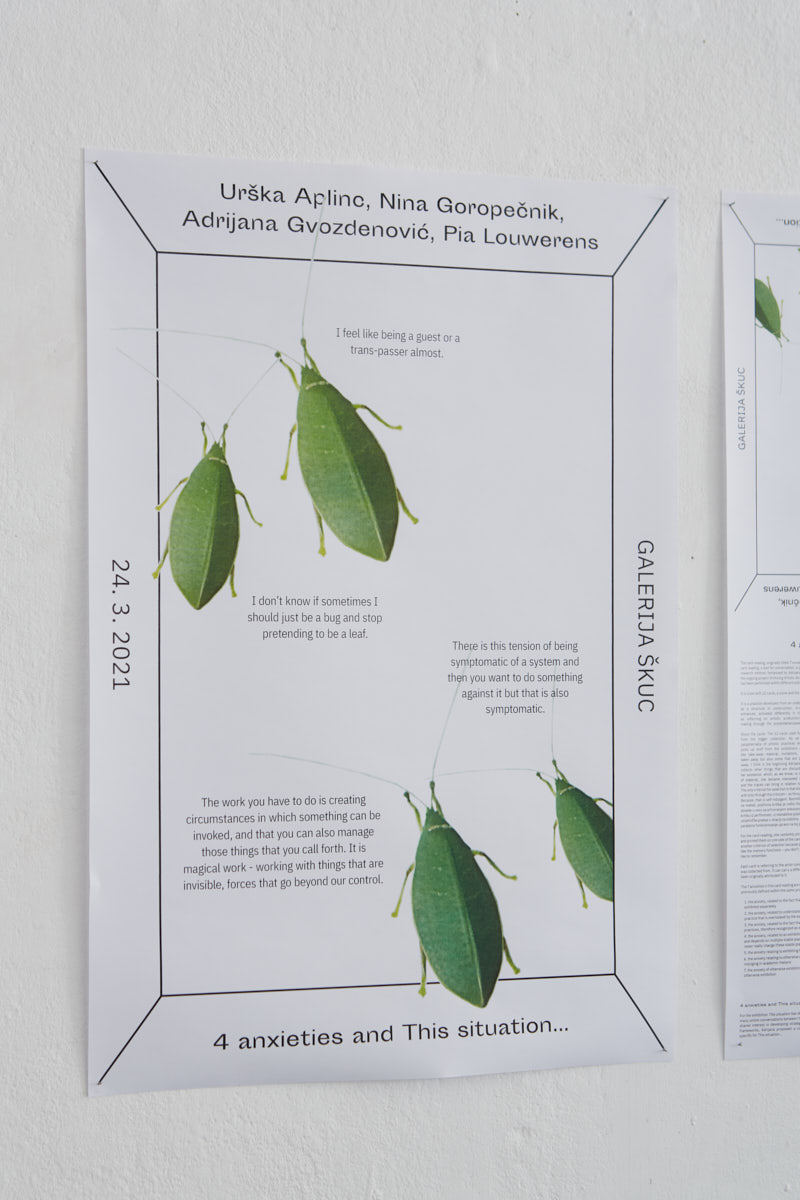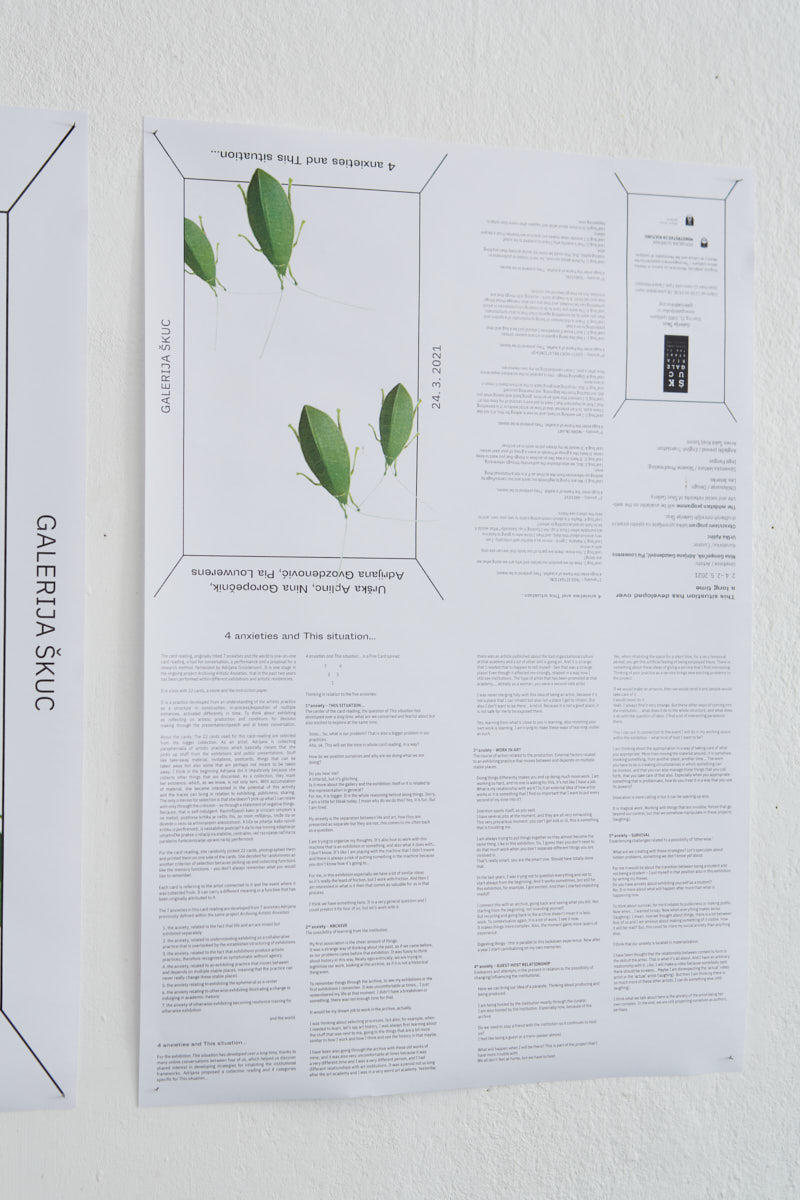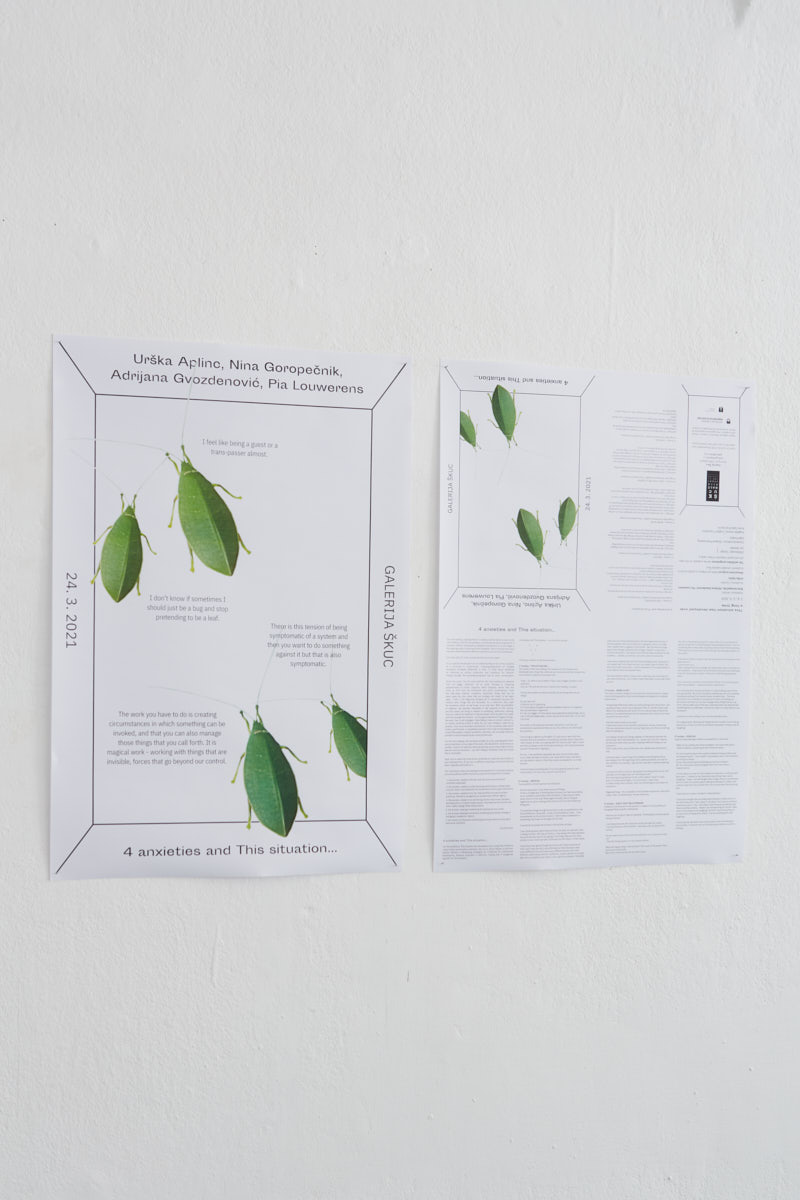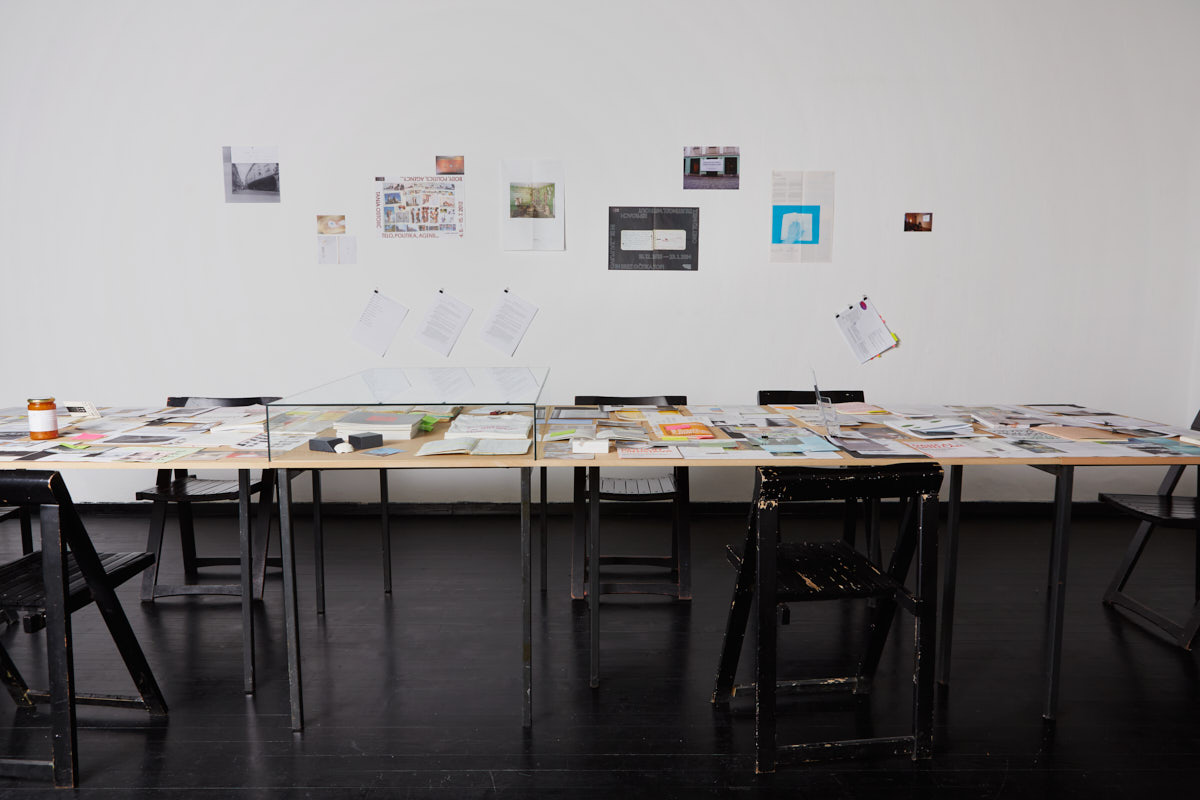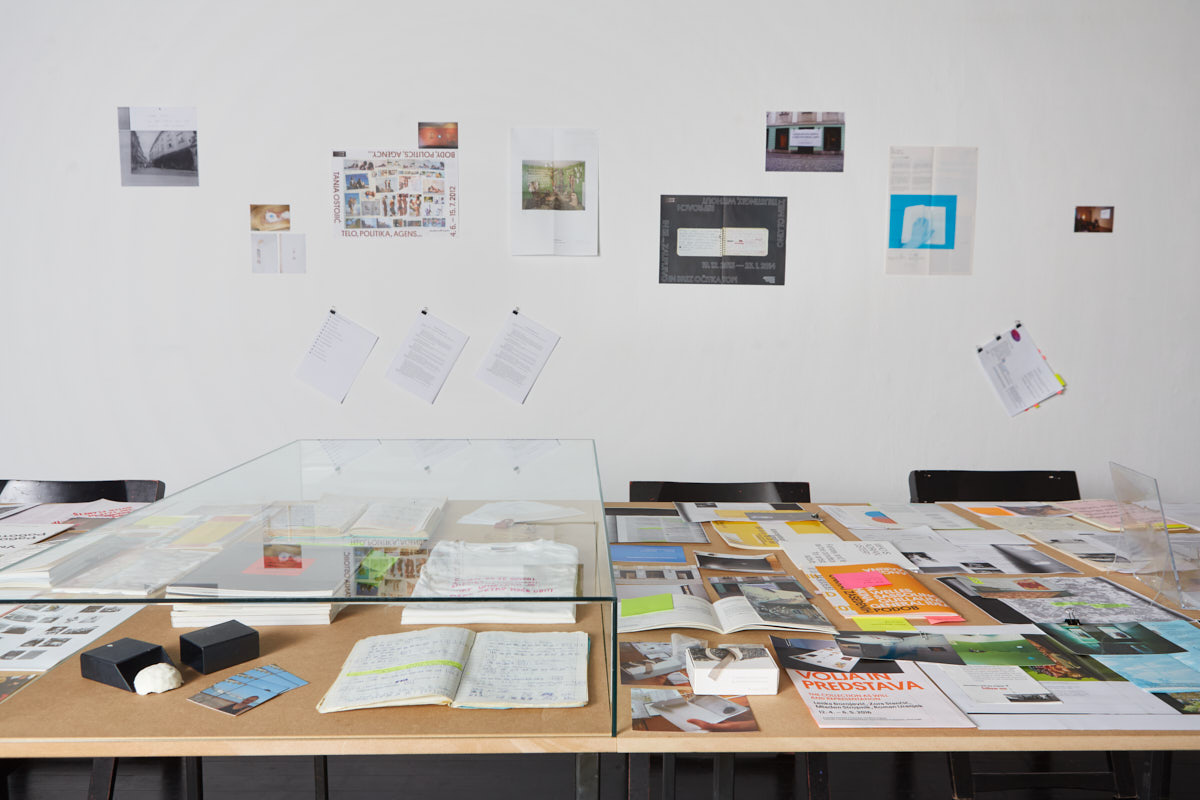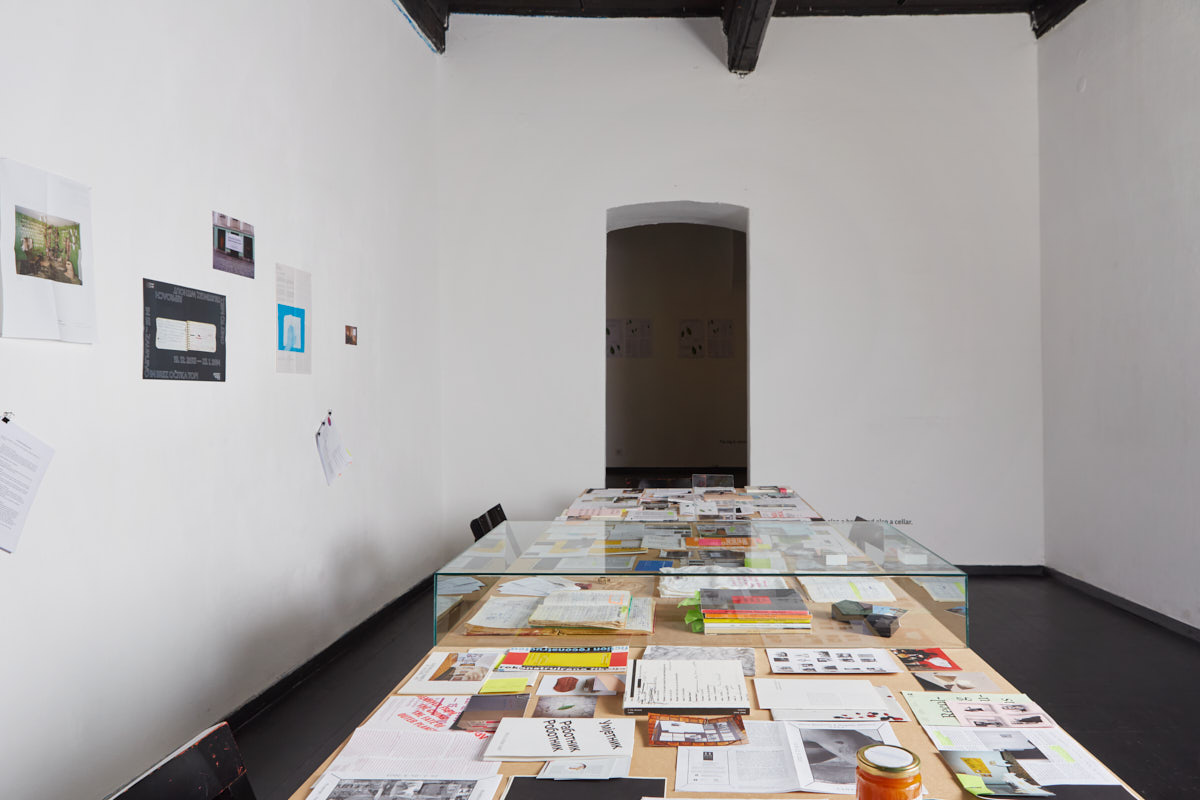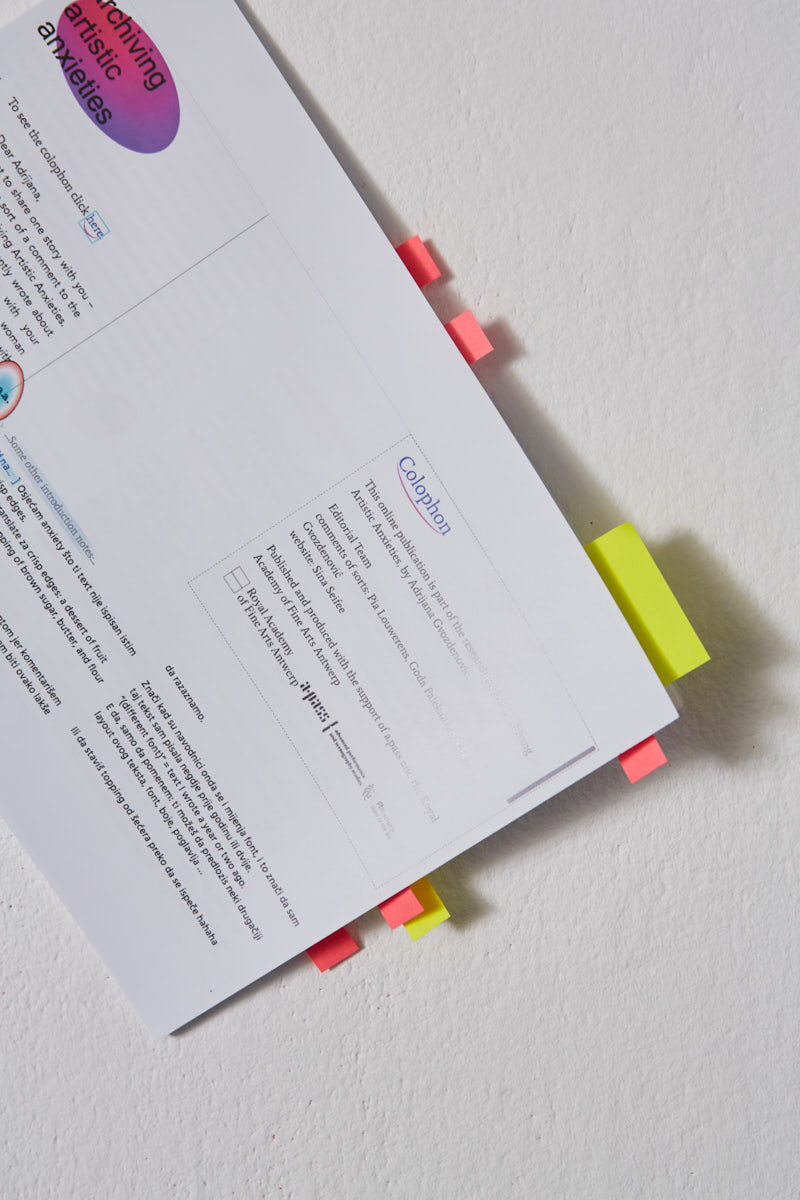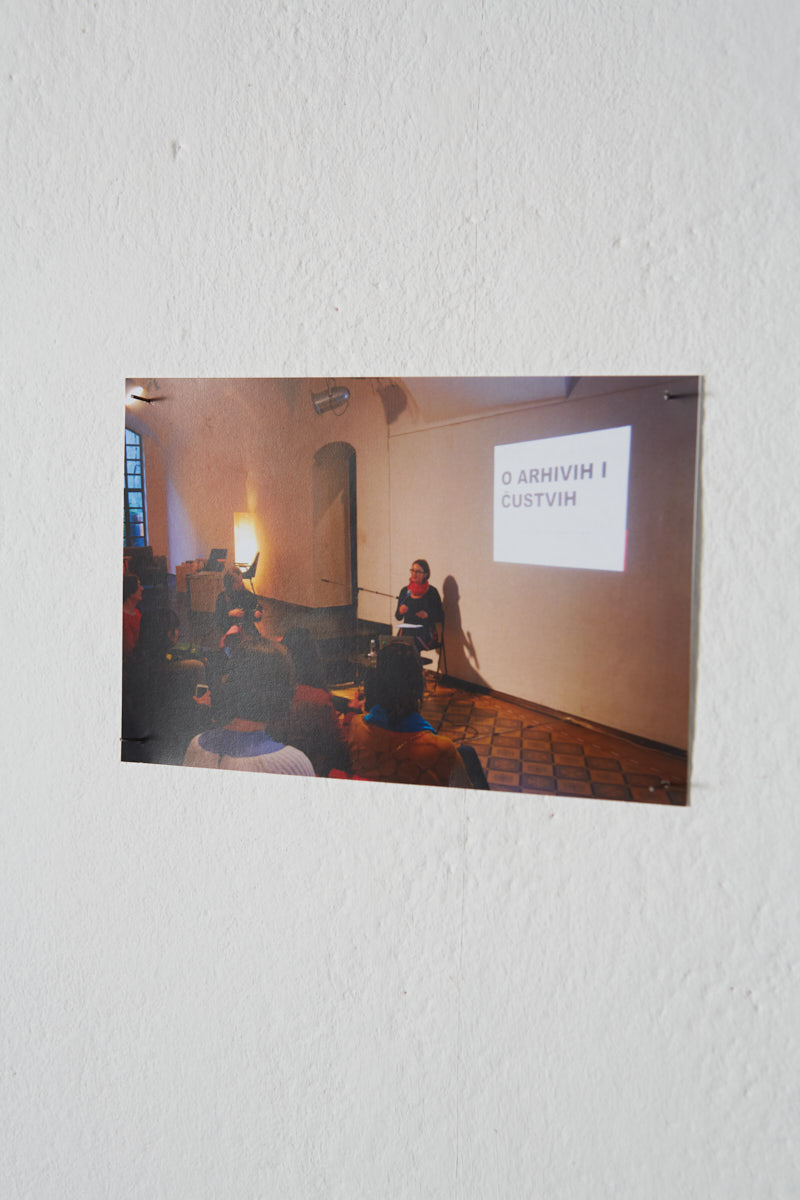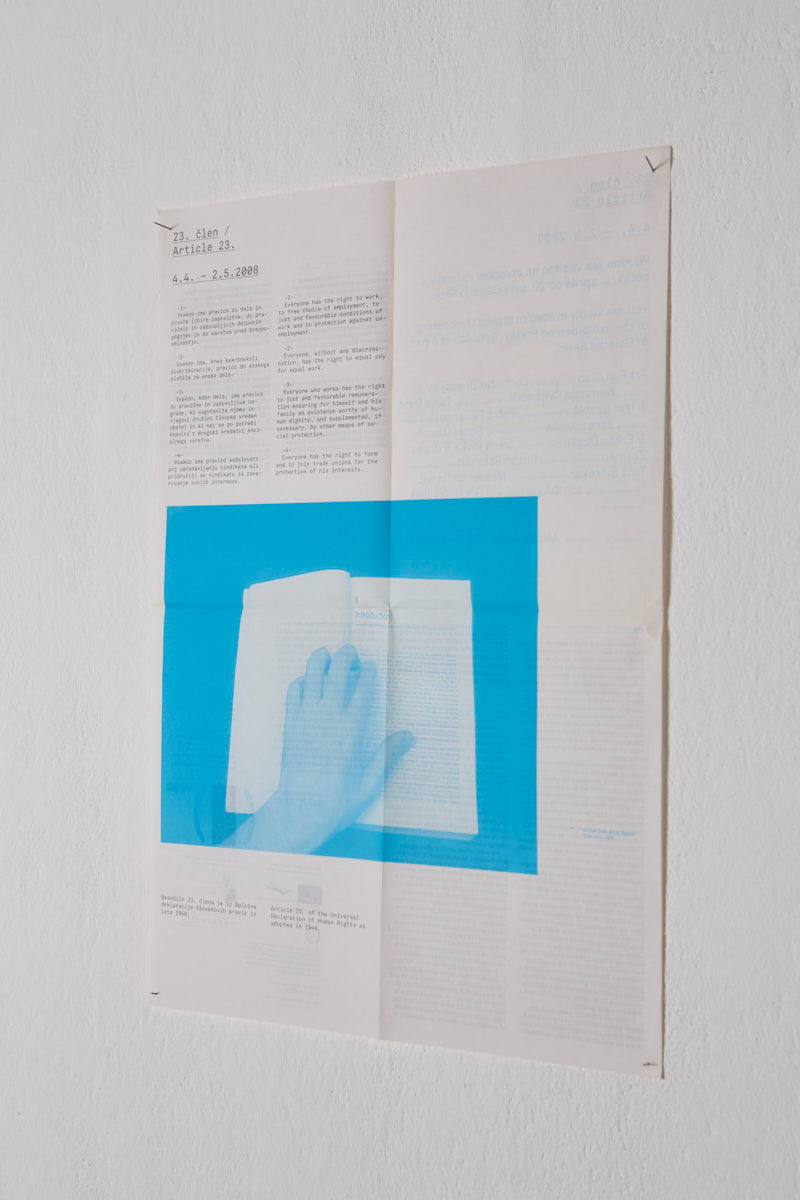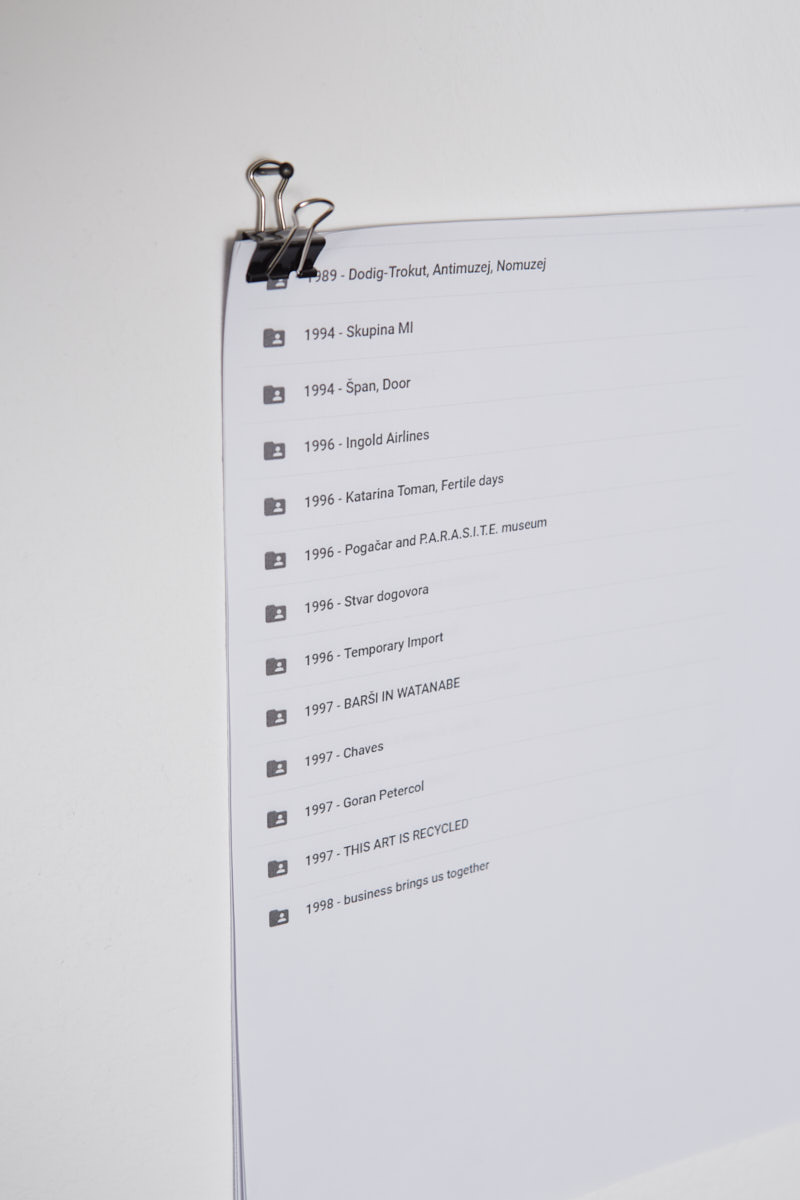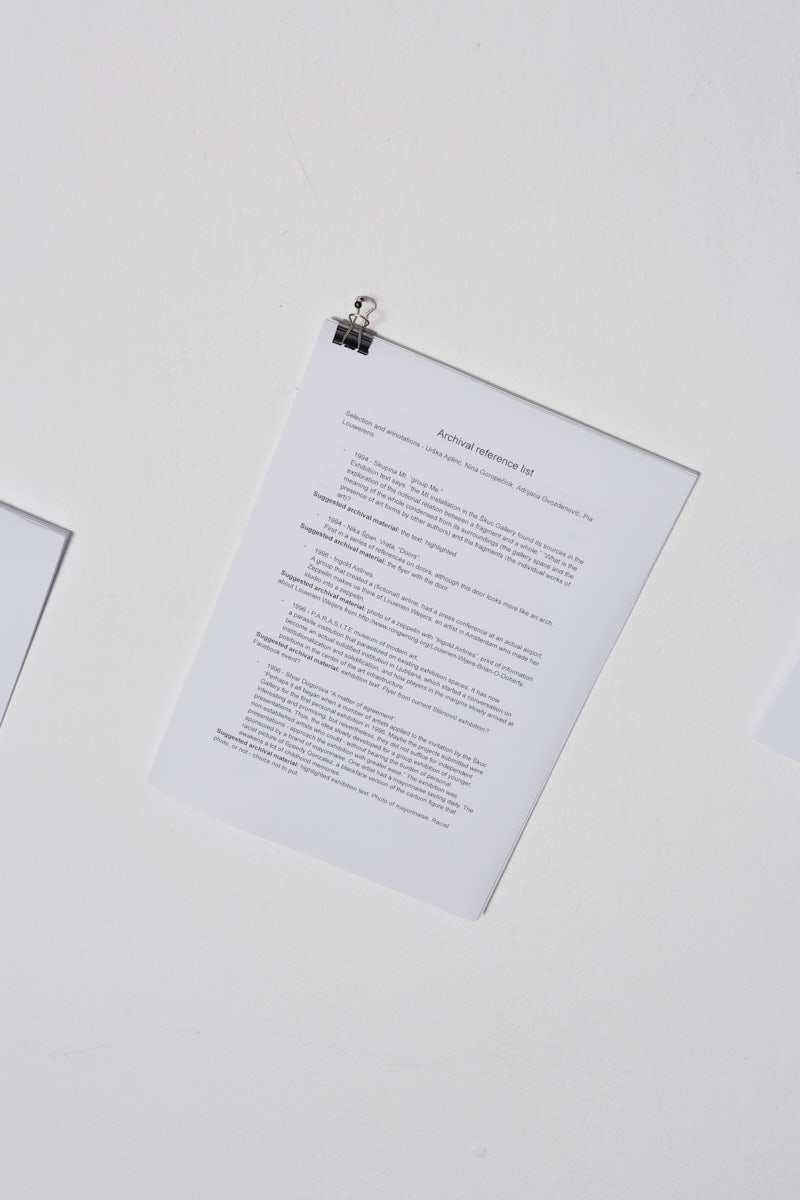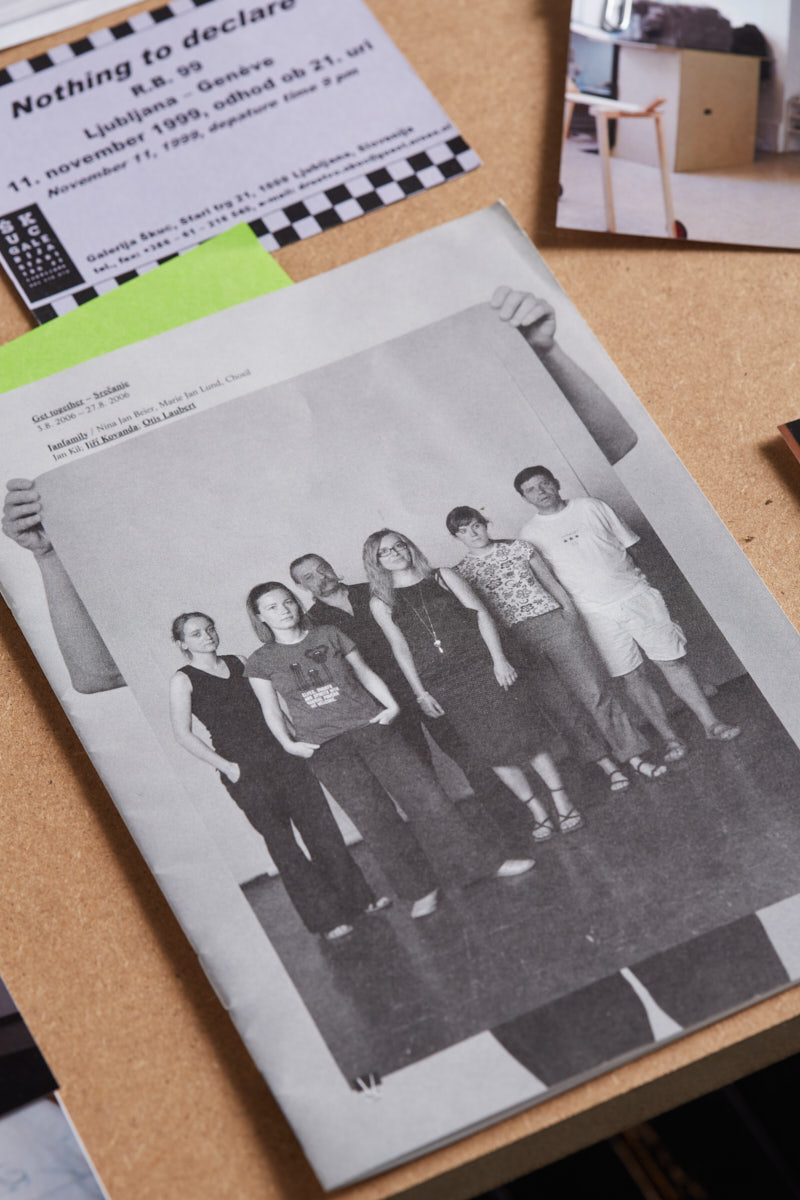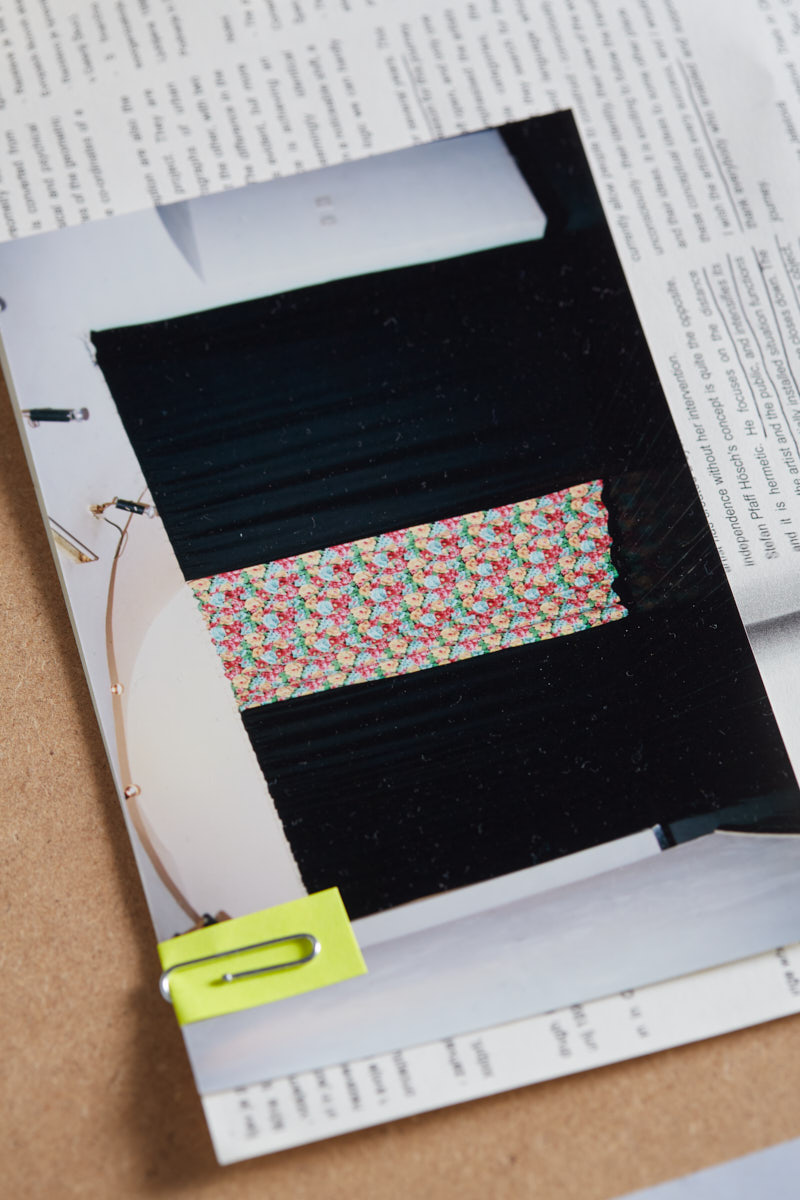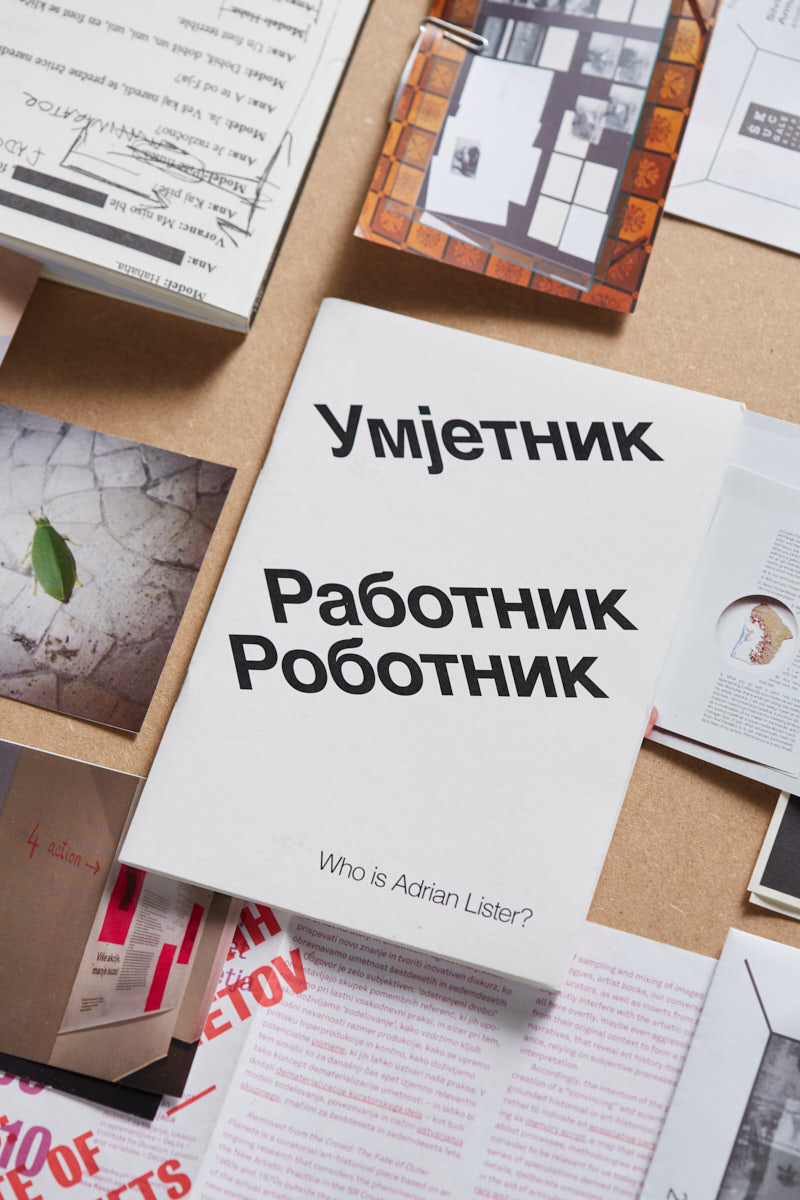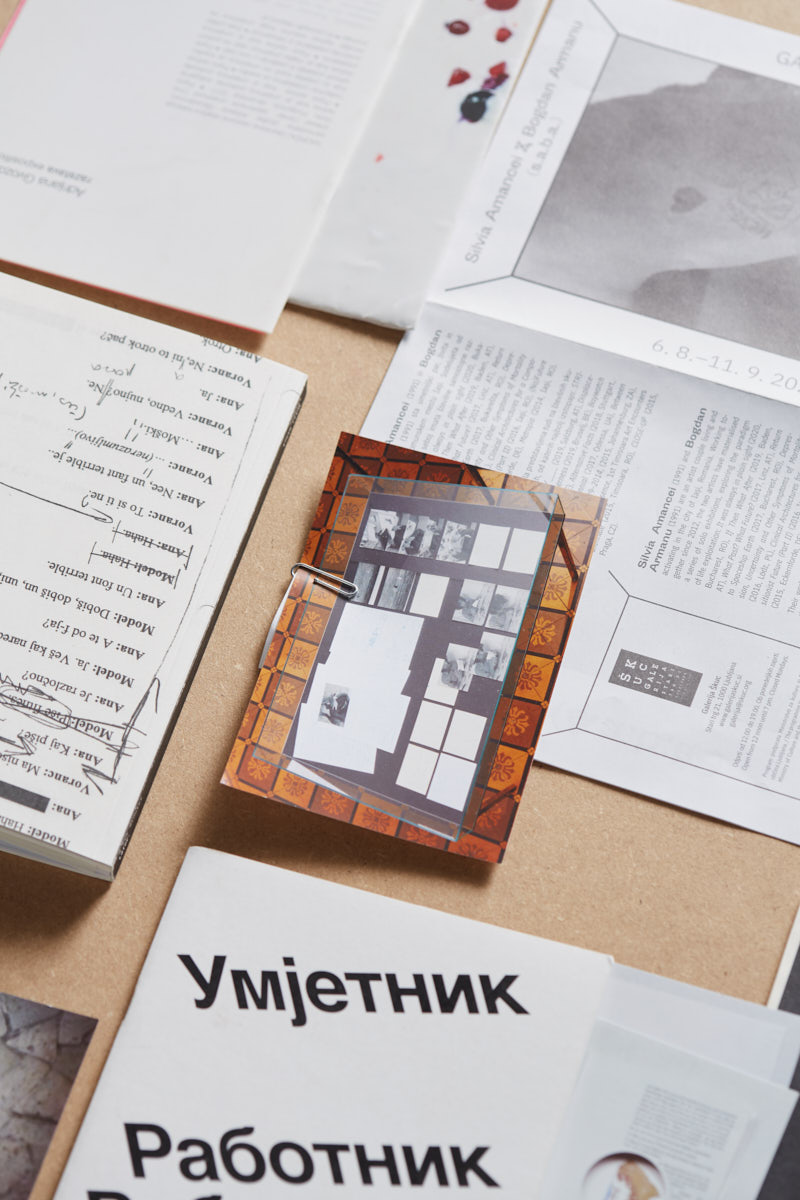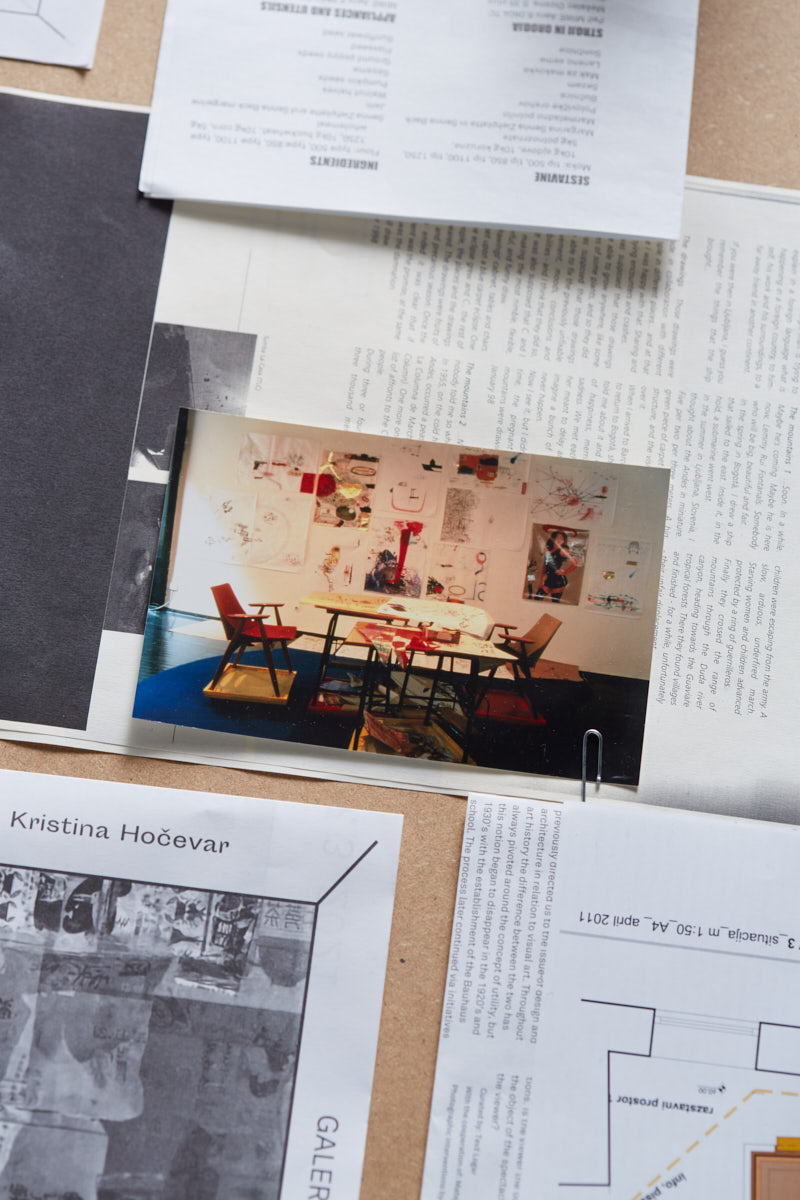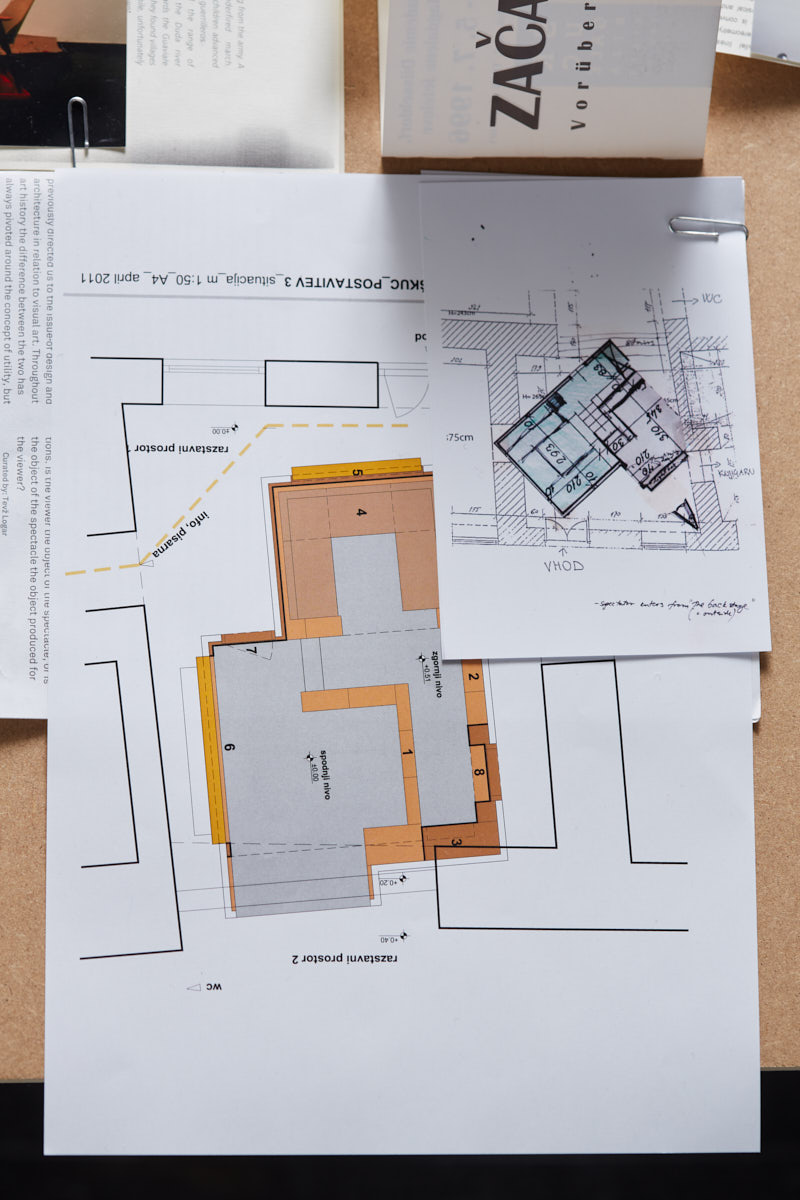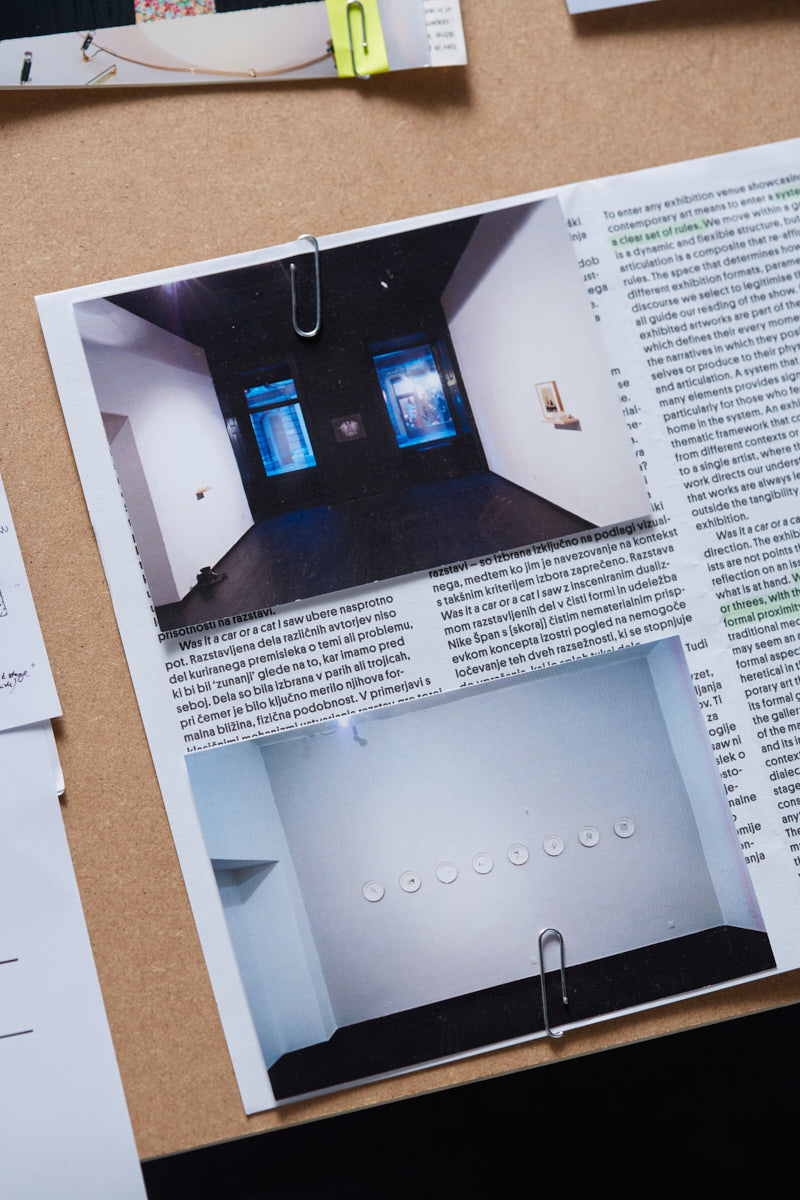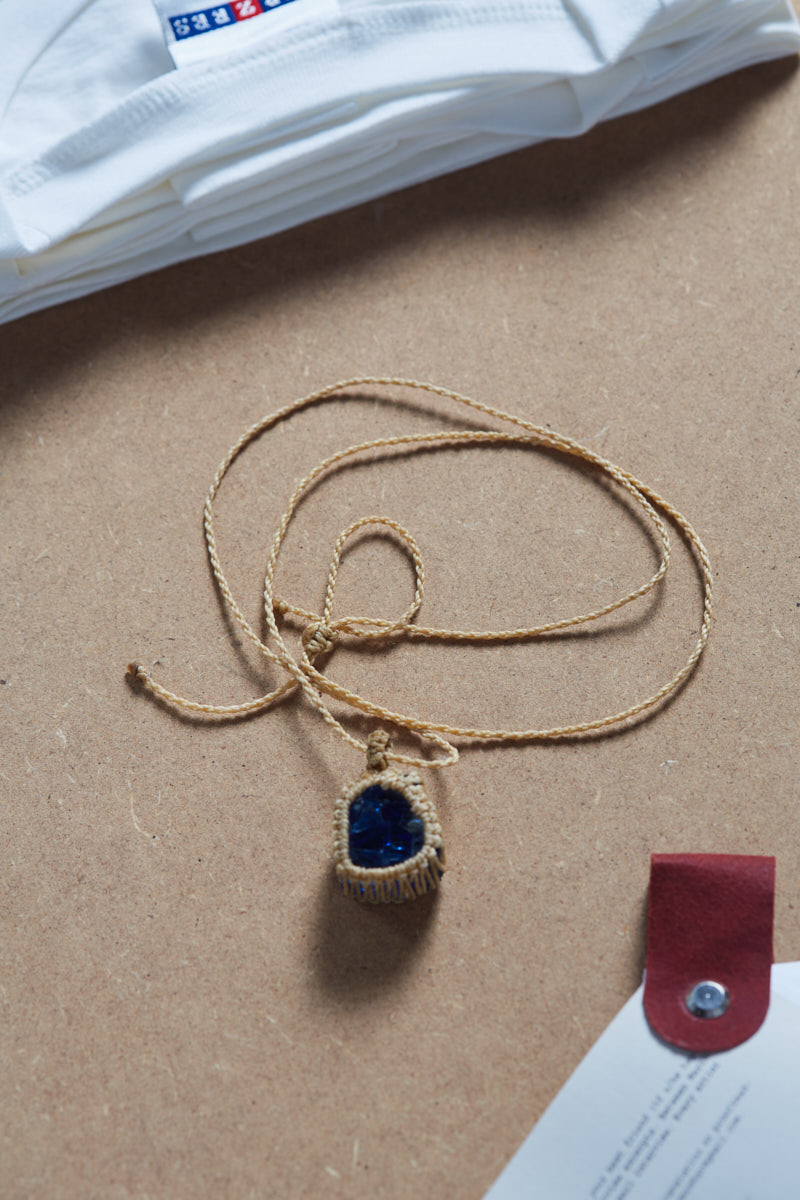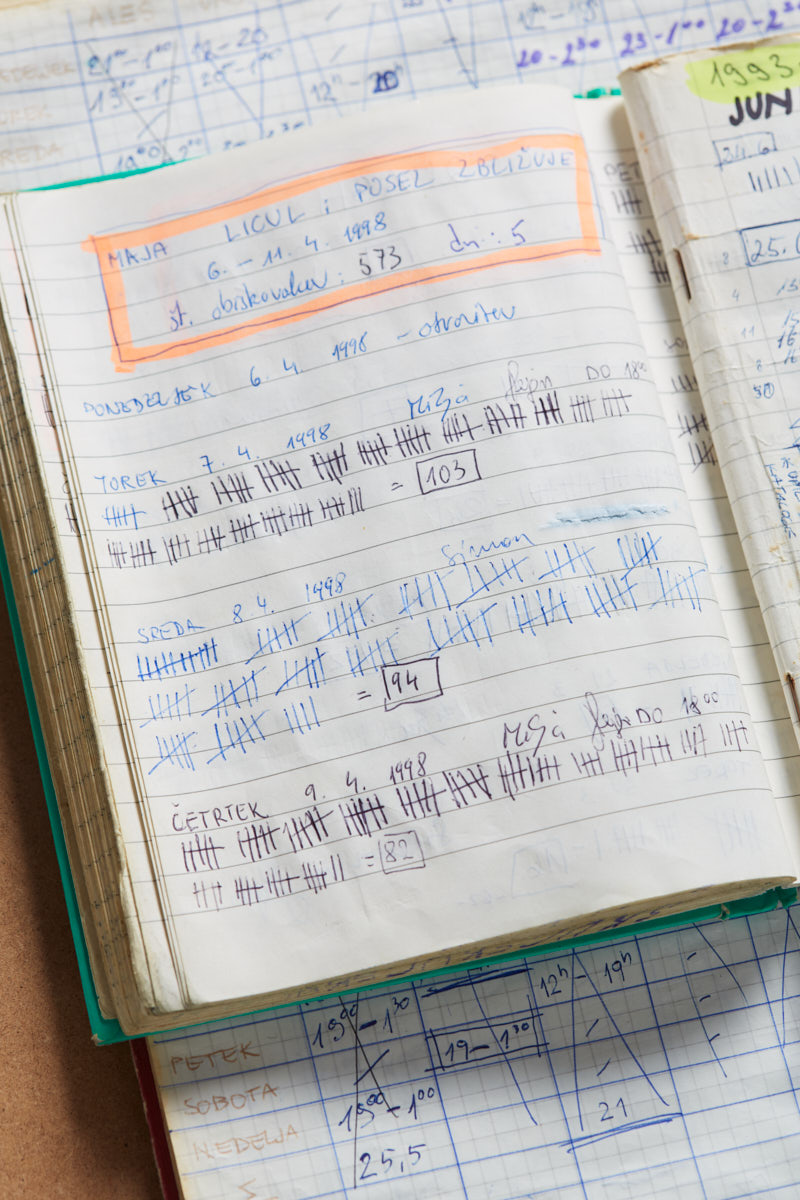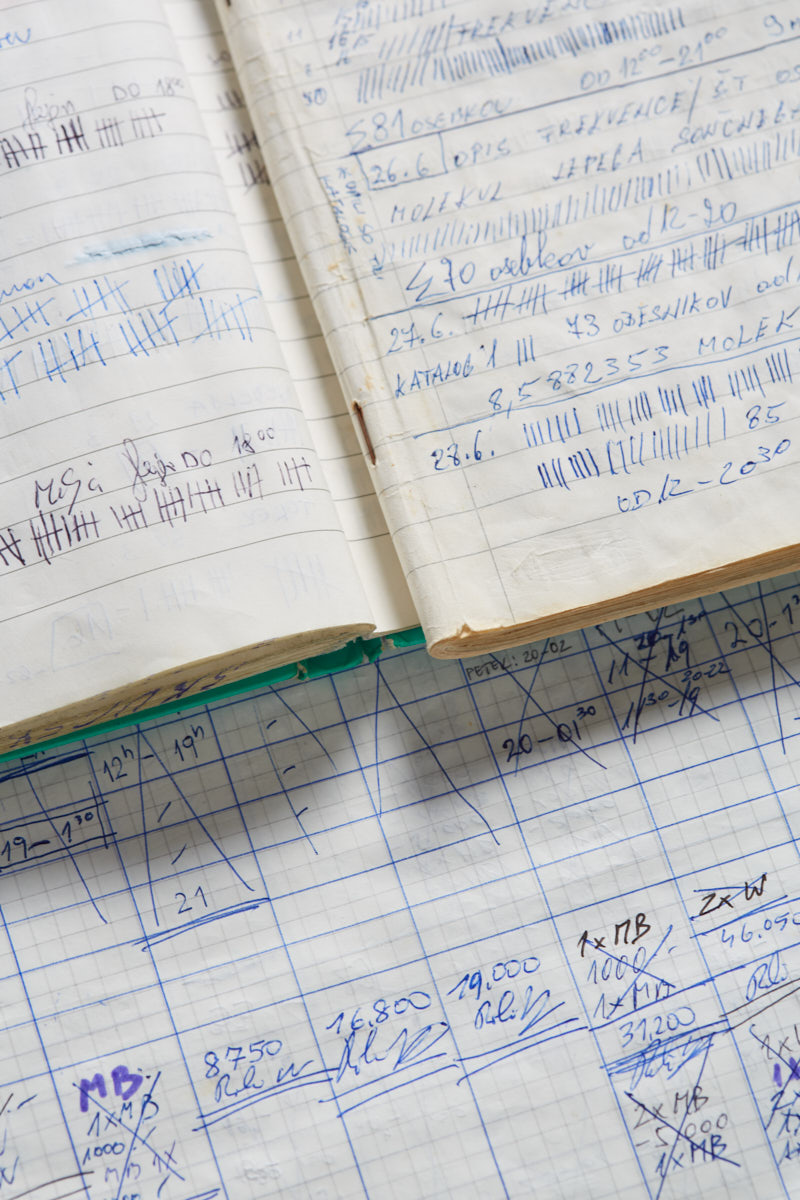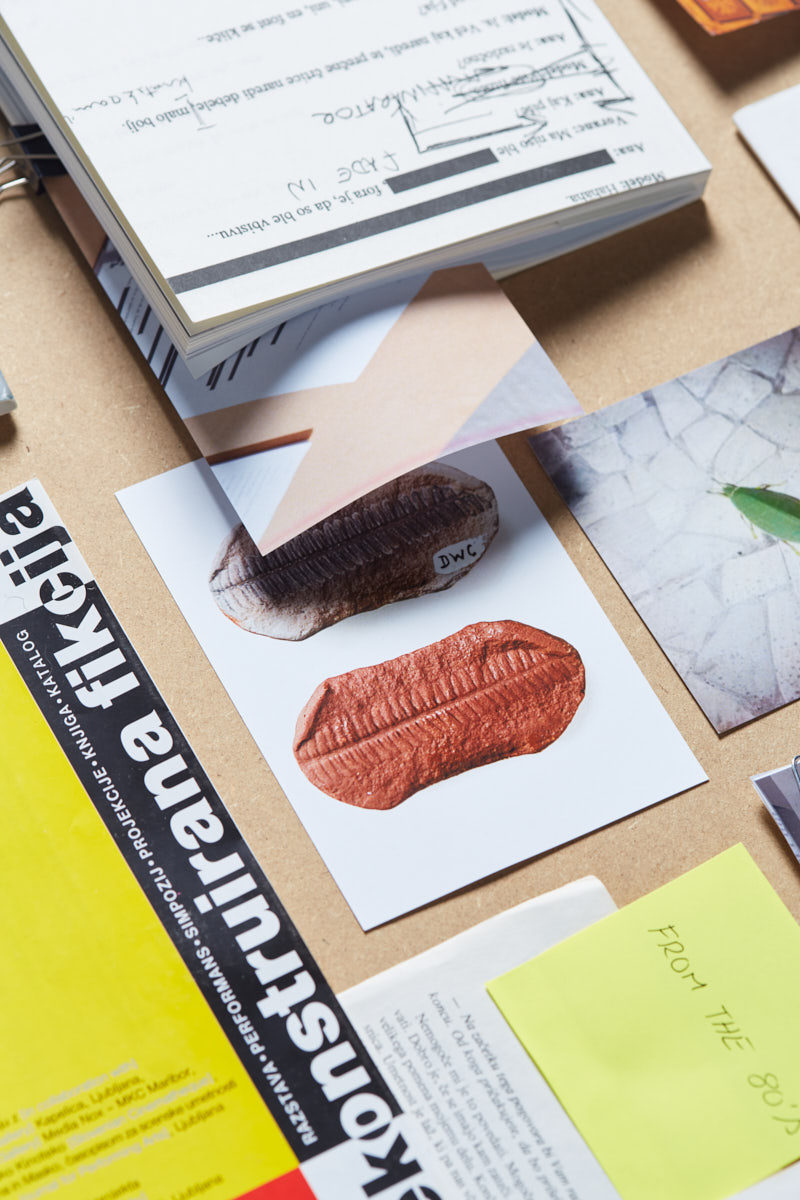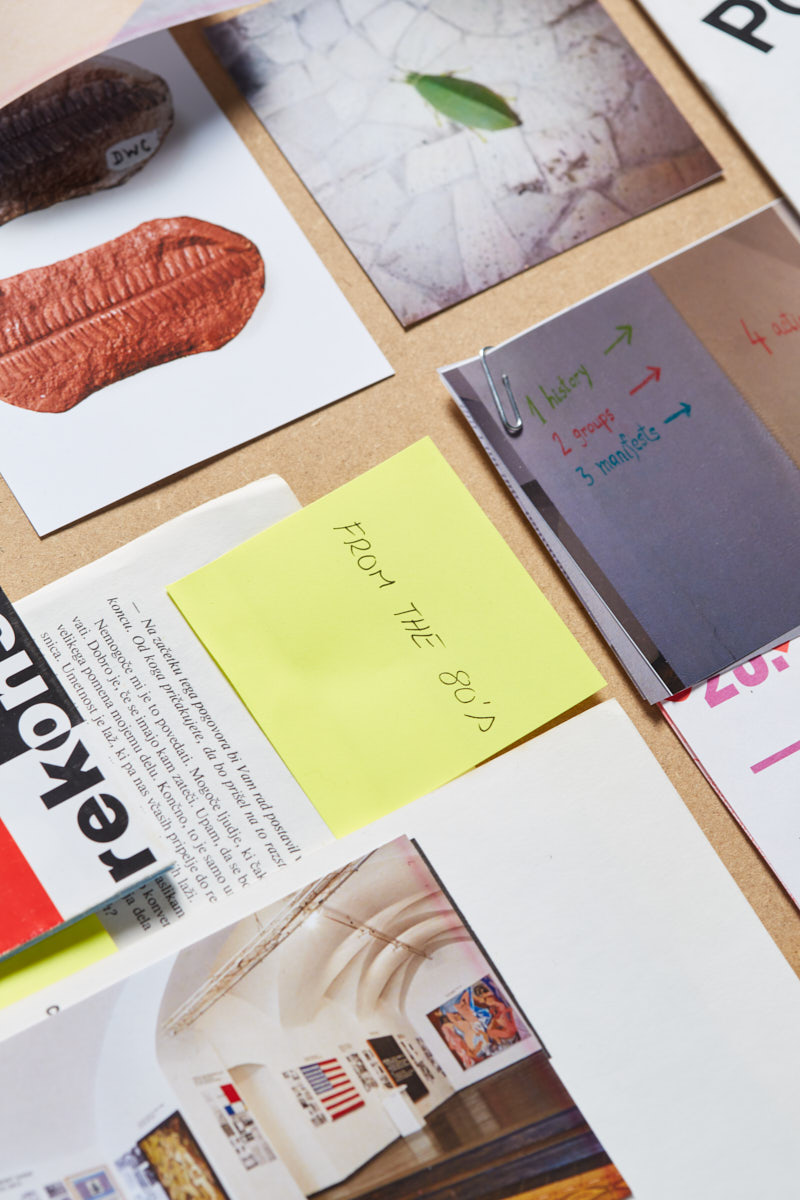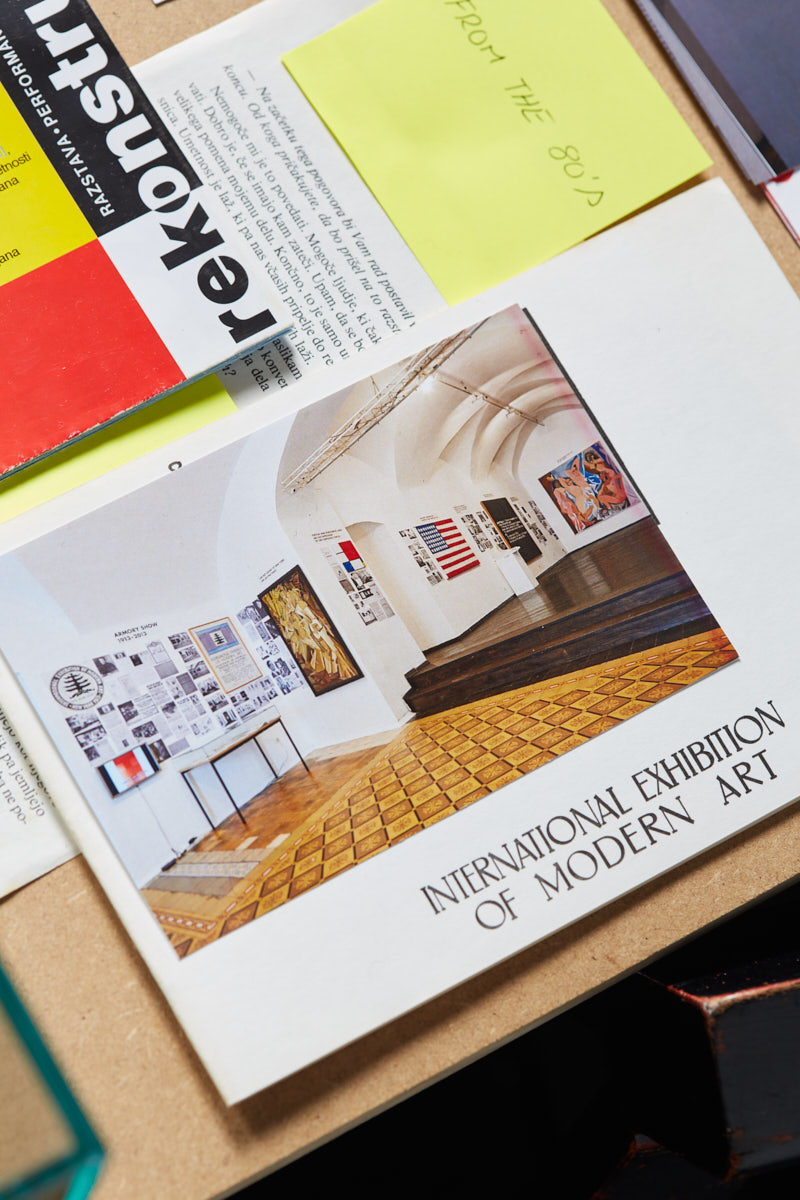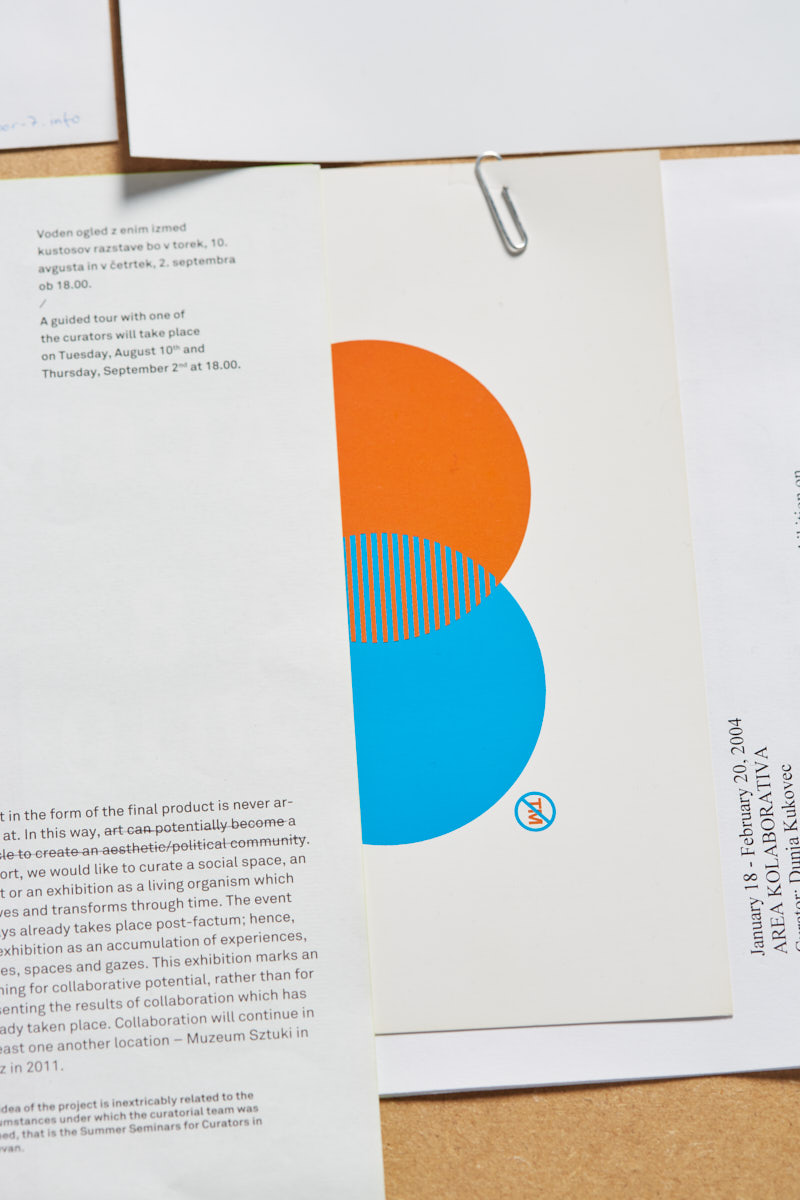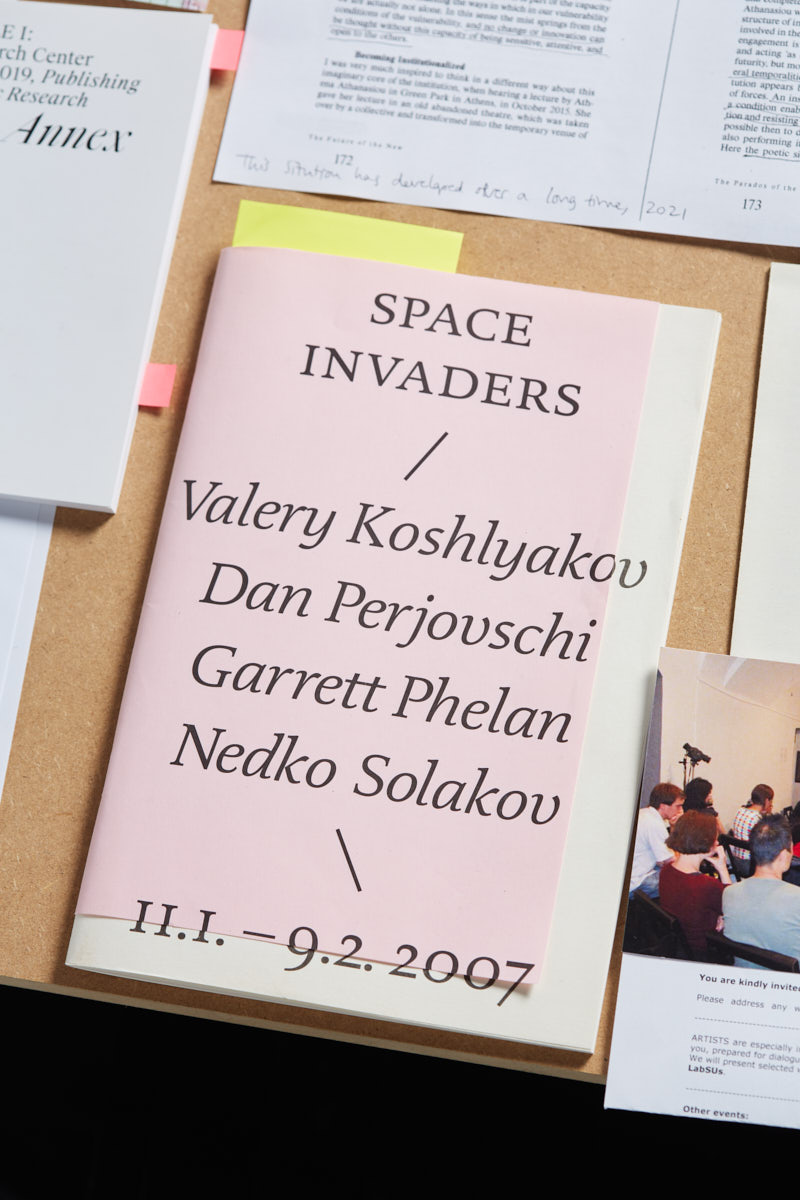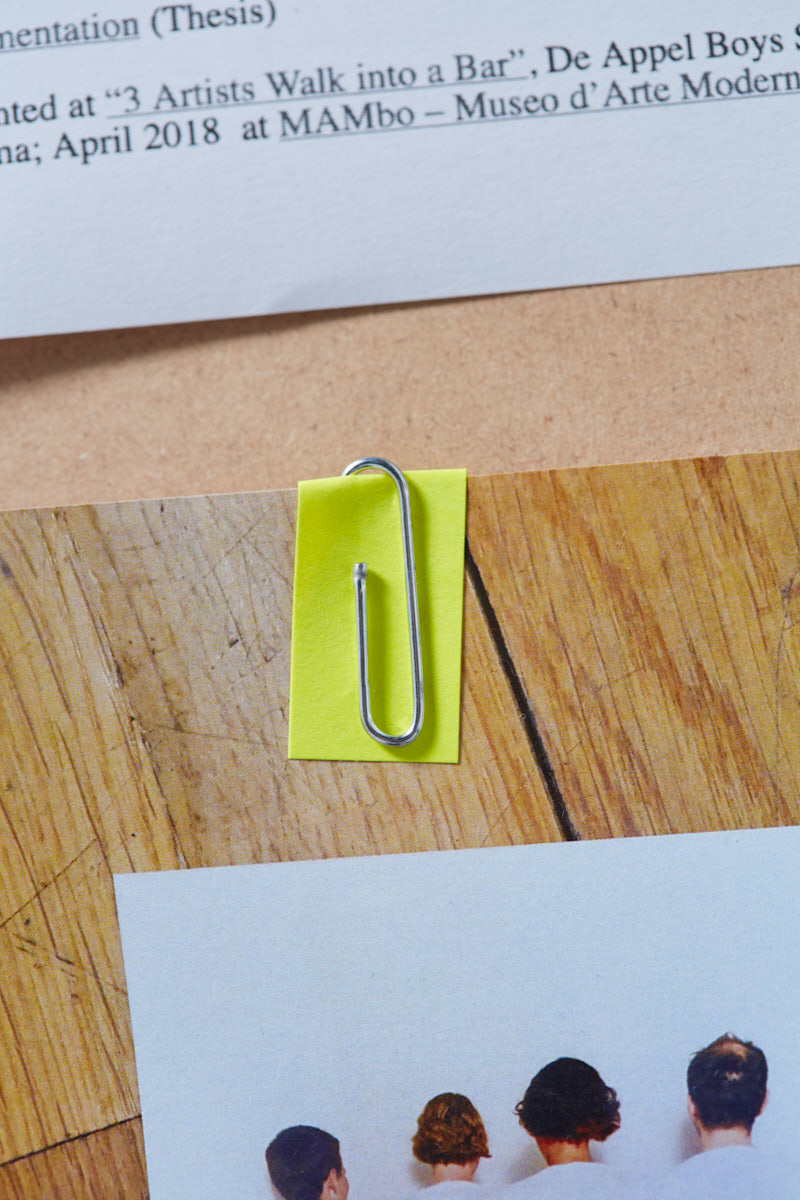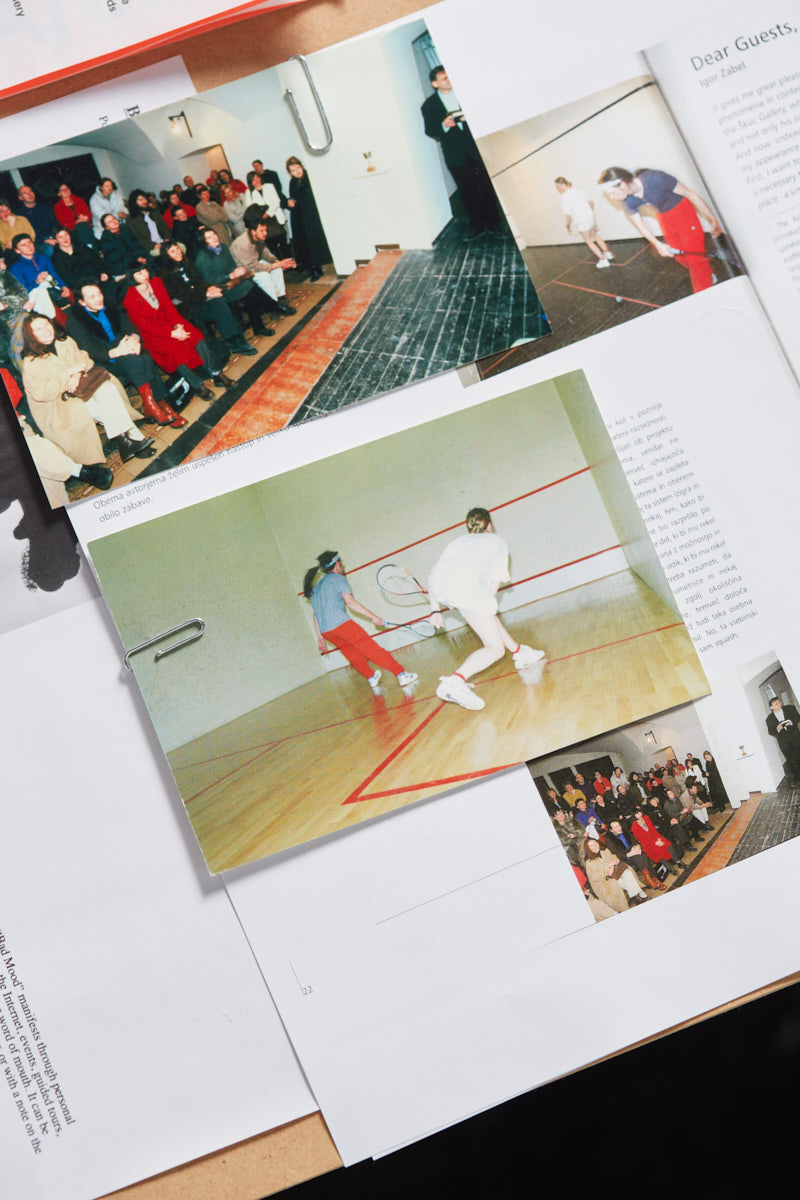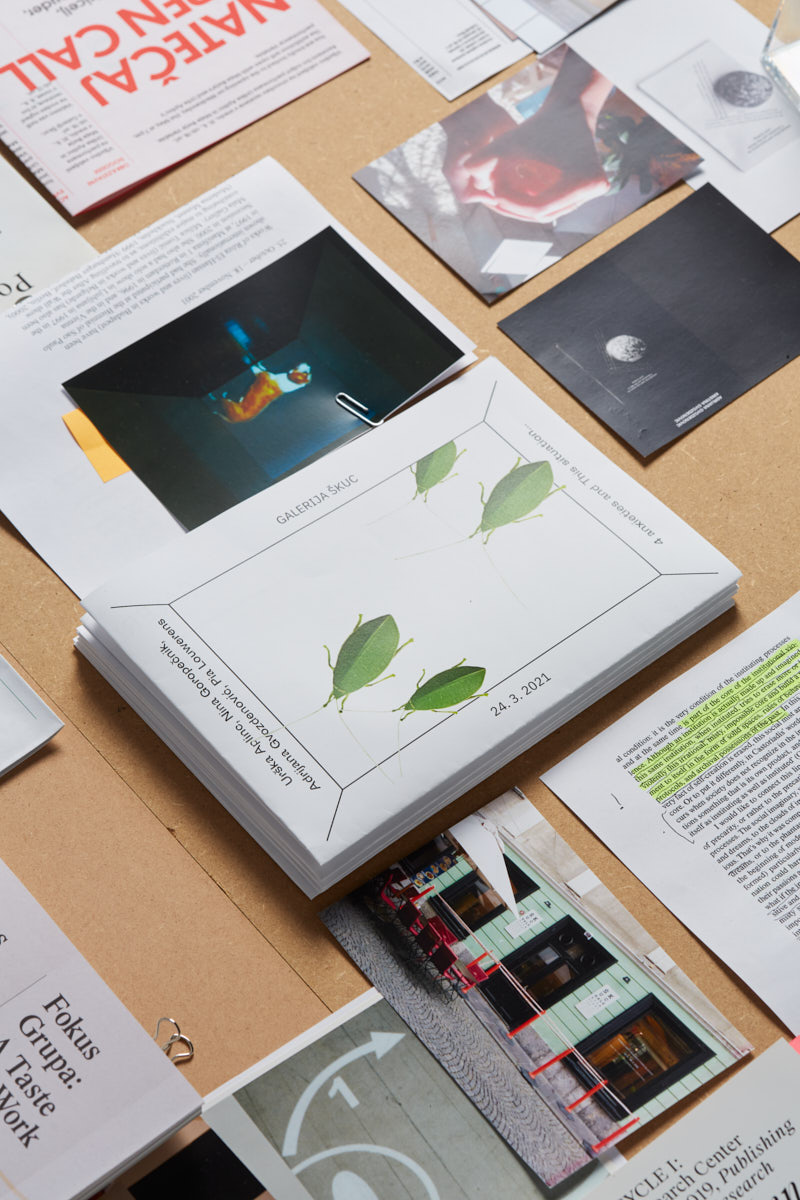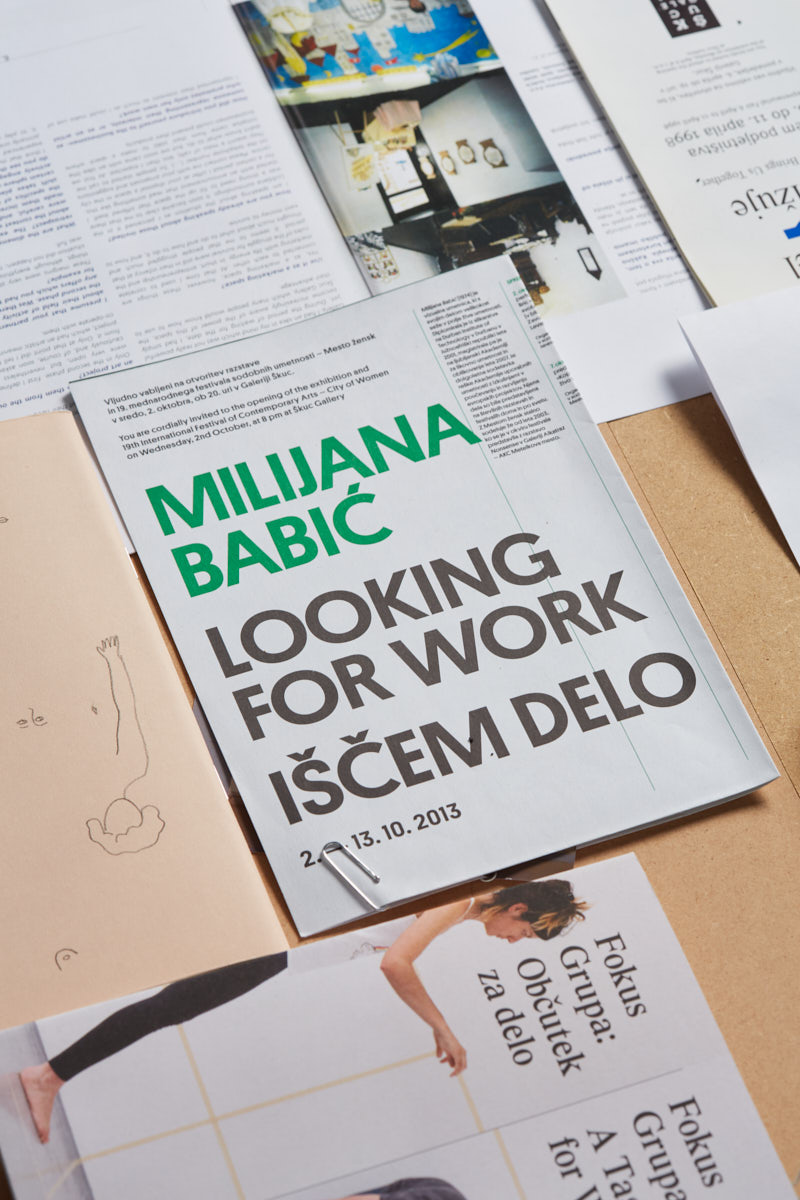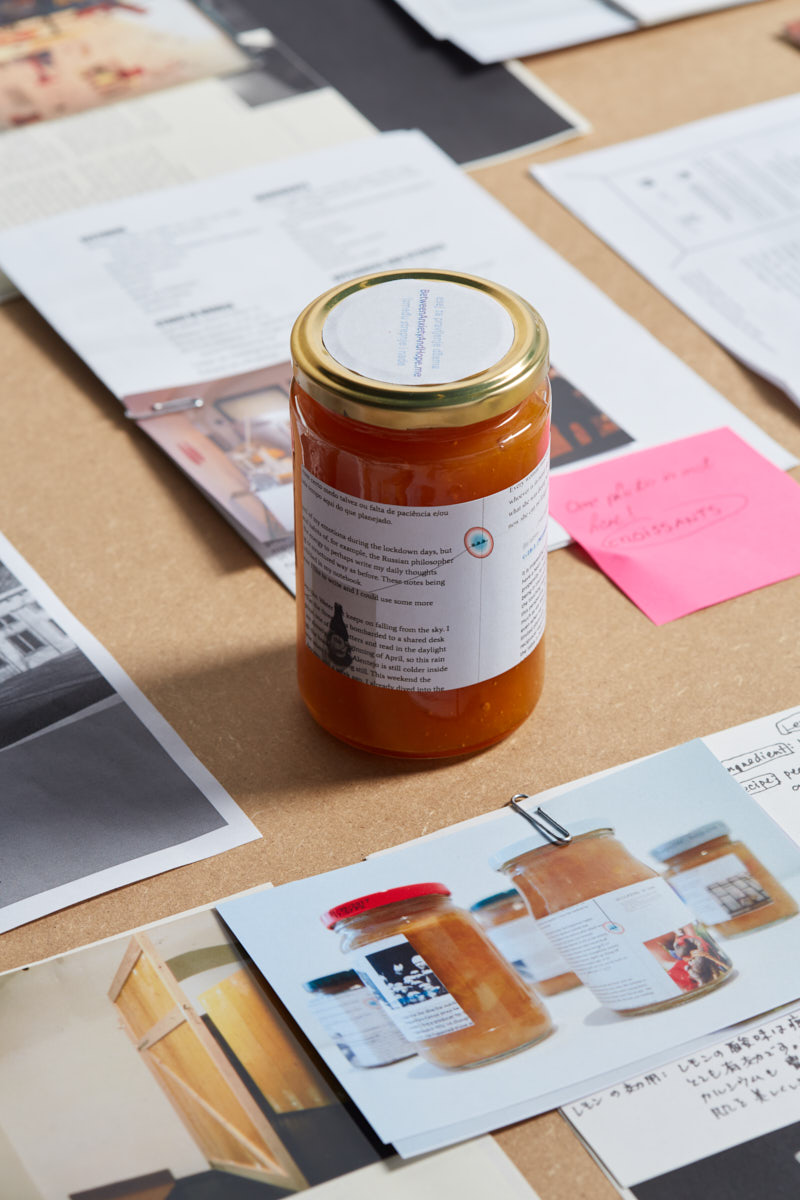Artists: Nina Goropečnik, Adrijana Gvozdenović and Pia Louwerens
Title: This situation has developed over a long time
Venue: Škuc Gallery,
Curator: Urška Aplinc
Photo: Klemen Ilovar © Škuc Gallery
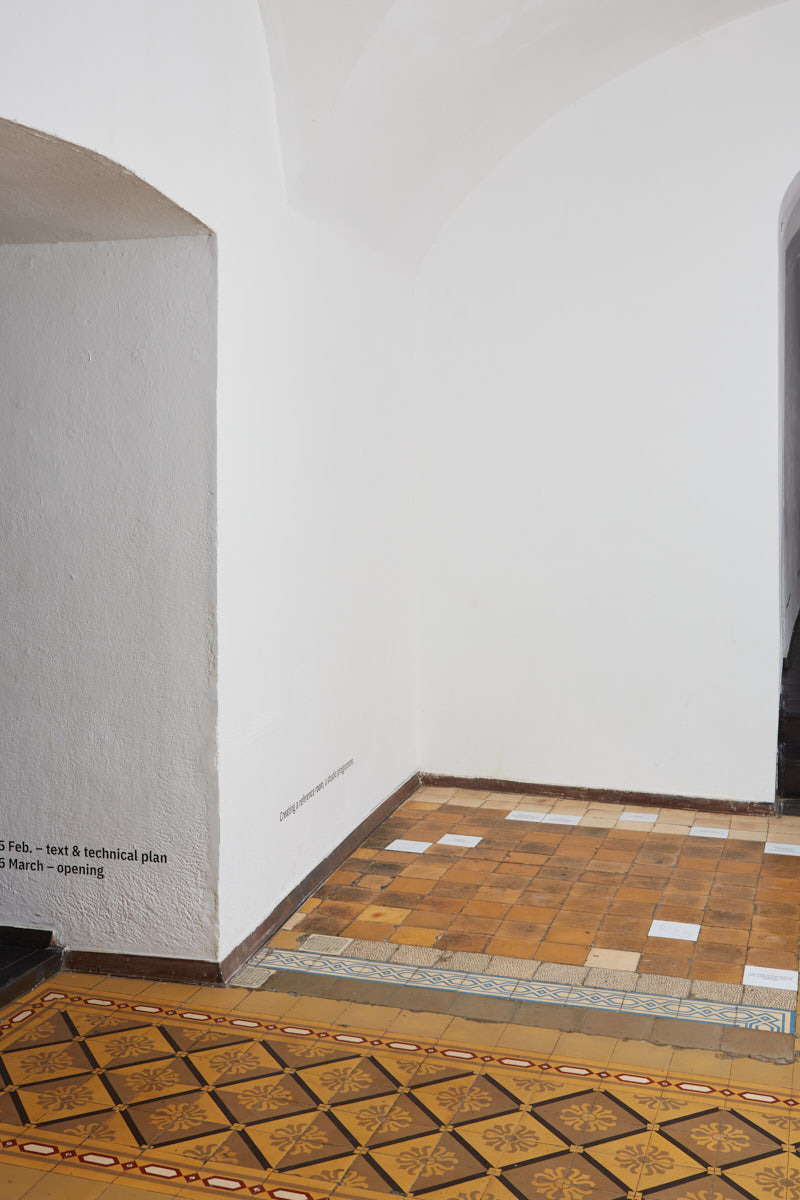
The changed conditions of production in the last year have shaken up the ways in which exhibitions are conceived, so it seems sensible to shift the focus from the opening spectacle to the exhibition as an organism, a field of connections driven by the relationships between the people involved in the process. This is exactly how the artists presented work in the exhibition This situation has developed over a long time. But their engagement with the medium of the exhibition as an established means of making visible – the actualisation point of the power relations between the key agents of the art system – is all the more worthy of consideration and attention in the flood of online cultural offerings.
The questions of art production and its institutionalisation that we researched with the artists Pia Louwerens, Adrijana Gvozdenović and Nina Goropečnik in the process of conceptualising the exhibition thus gained new dimensions as the conditions for work and the ways of producing visibility changed fundamentally. The practices of the artists are primarily performative and research-based, problematising their relationship to documentation and examining the potential of eventhood. However, the latter has currently changed parameters and temporality − instead of physical presence and the creation of temporary collective spaces, it foregrounds new forms of attention and activation of the viewer.
With the exhibition, we are trying to open up a space for reflection on the conventions of setting up exhibitions and the conditions to which we thereby agree. In order to be able to declare anything at all in the field of the visible, we have to mimic the strategies that already exist, to appropriate them, not in spite of, but because of the forces in the field of art. If we use and work with what is already available to us in the institution, then we re-appropriate the framework of the exhibition and think about how we can populate the space to perhaps allow for other approaches to creating areas of visibility. In addition to the space itself, the artists primarily tackle the discursive level – the context of the Škuc Gallery that they enter and address. To do this, they use means such as stemming from the remnants of the previous exhibition, using design templates from the gallery, exposing parts of the archive and creating programmes, such as a residential programme, that the gallery does not otherwise have. In a sense, this reverses the logic of making visible, as the institution in addition to the practices of the artists themselves, also begins to exhibit itself.
In her research-based art practice, Adrijana Gvozdenović explores the limits and potential of the exhibition format and the ways in which meaning is created within the institution of art. Exploring different ways of creating conditions for visibility, she seeks to create spaces for collective learning through art rather than exhibiting objects. She focuses on artistic activities that drive the exhibition as a dynamic structure within which she addresses individual agents. In one of the projects, she uses card reading as a research tool, using cards of her own making that depict the material remains of the art of other artists. The participants (including artists and researchers) interpret the cards together with her in individual sessions. The piece is conceived as a conversation about the artistic anxieties that accompany creative work and exhibition-making. Through the content and the various articulations of the work, she therefore also problematises the demand for the production of finished artworks and the need to exhibit work as an artefact.
The research work of Pia Louwerens addresses the artistic subject and reflects on how institutions co-create the practice that artists perform. Through texts and undocumented spoken performances for which she uses scripts, she explores the fluidity of the concepts of the event, performance, subject of declaration and the institution. In her performances, narration takes place on several levels that intertwine and produce unusual effects. Namely, the scenarios take place on the same level as their content. This creates synchronisations between text and action. She talks about the event during the event, about the improvisation while improvising. In doing so, she makes use of various narrative techniques and performs her own artistic subjectivity with reference to the institutional context into which she positions herself.
In her performative practice, Nina Goropečnik explores the boundaries of performance and its documentation. She is concerned with the moment when something becomes visible and (in)accessible to the viewer. Exploring institutional contexts, she considers the possibilities of their appropriation for the establishment of the artwork and the medium of the exhibition she is engaged with. In her works, she often creates a space for dialogue with viewers, other artists or institutional agents. She is guided by a consideration of the conditions and potentialities of creating her own space.
The aim of the exhibition is to create a space that is not intended just for exhibiting and to shift the focus from the artworks to the processes and practices of the artists involved. By reiterating strategies, as well as enacting and inhabiting our own roles, we wish to reflect on the positions that we can take as artists, curators, art students, researchers within the complex relationships that govern the art system. The exhibition explores the infrastructure of the institution in the broadest sense of the word, with a simultaneous desire to present the various strategies of the artist’s entry into it, as well as to illuminate the relationships and decisions that drive the apparatus of the exhibition framework.
Urška Aplinc
